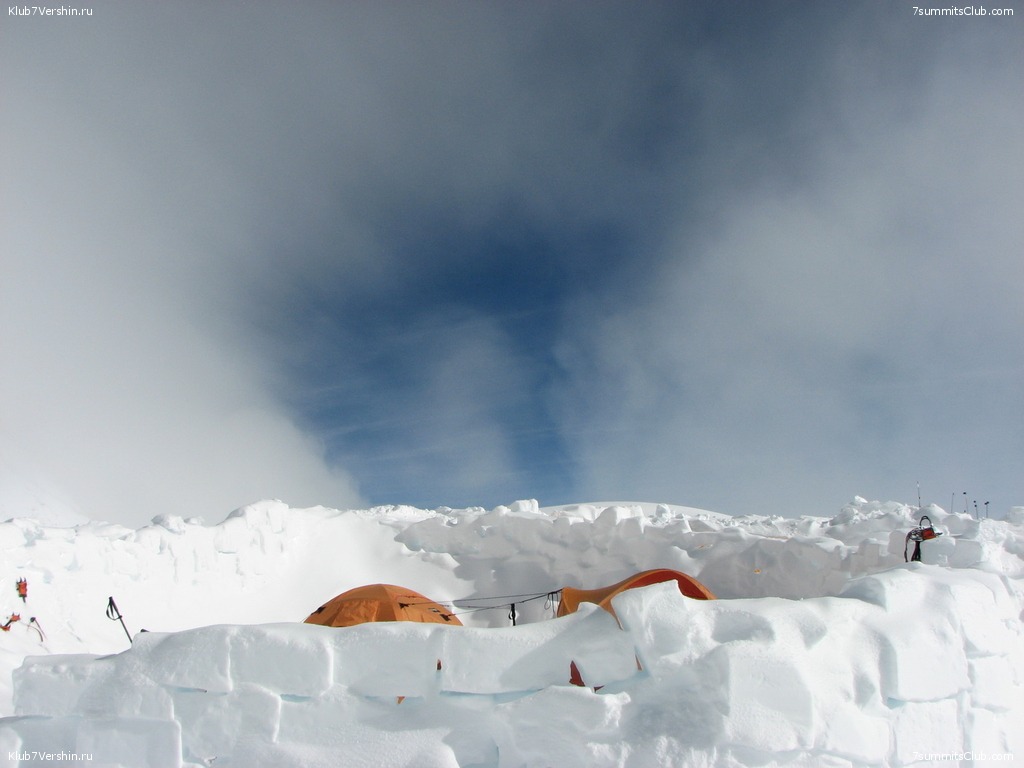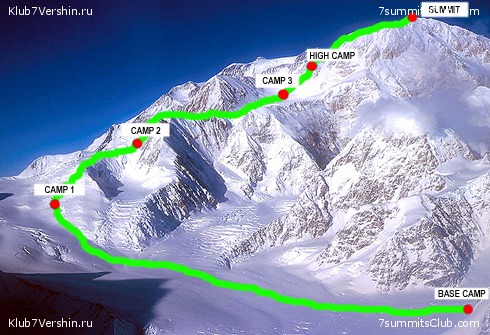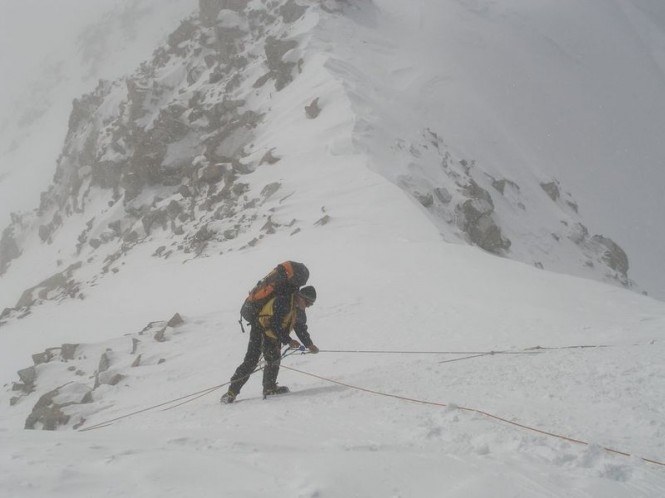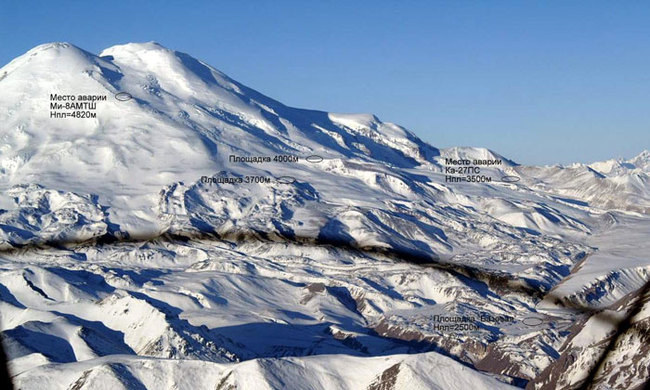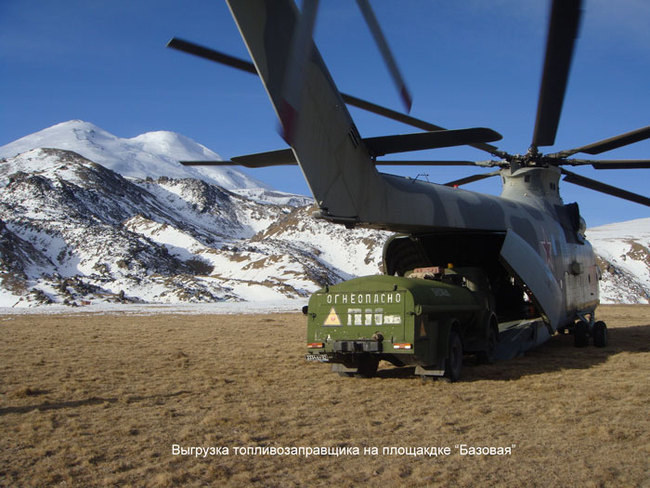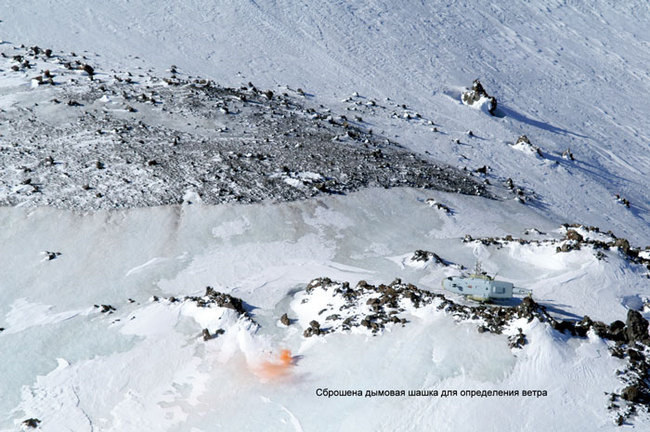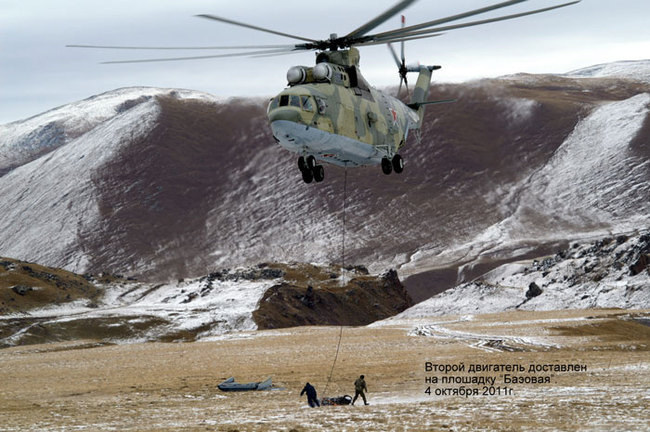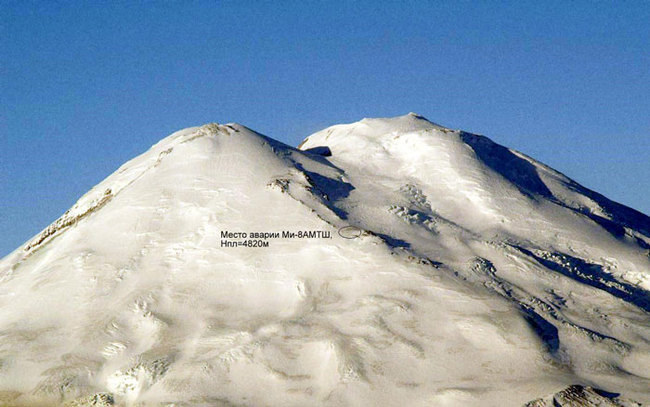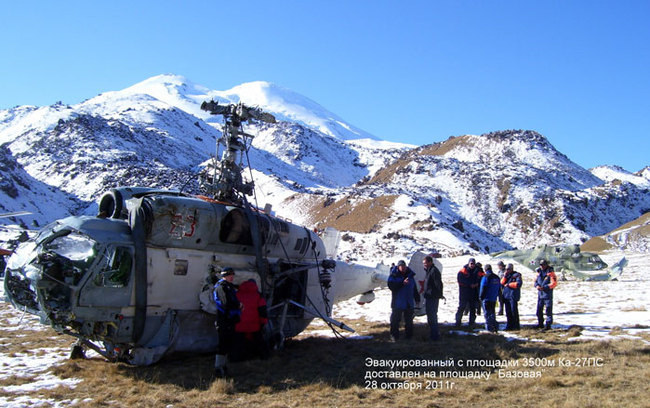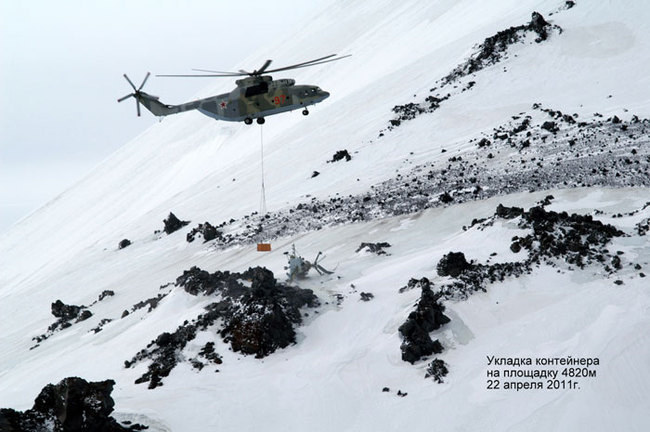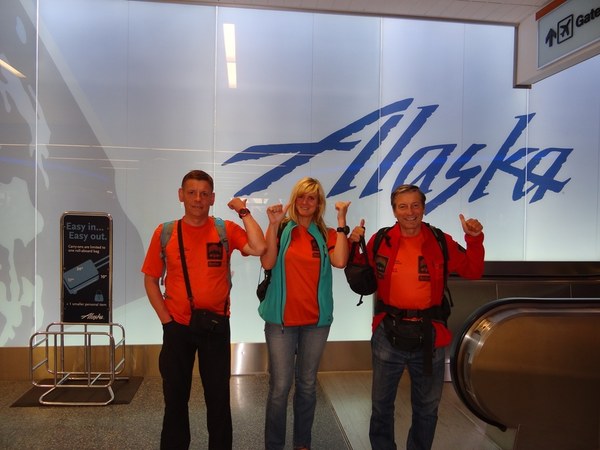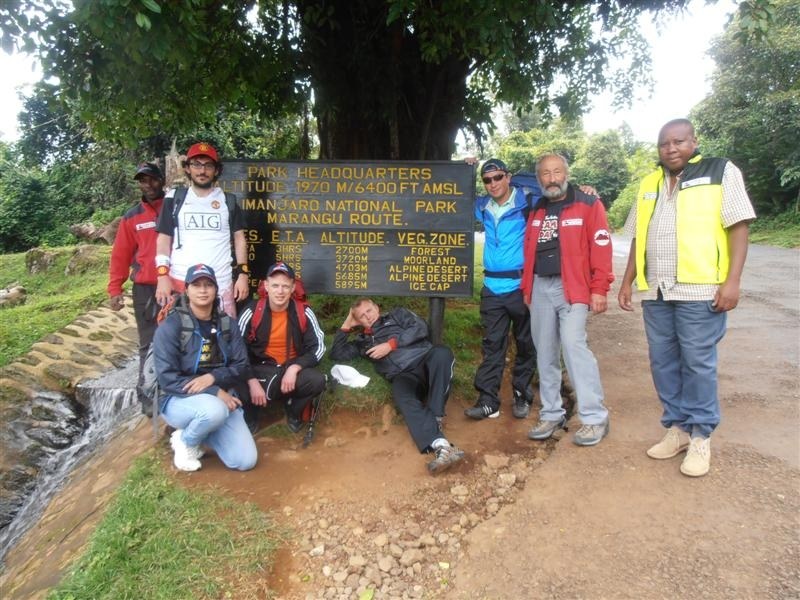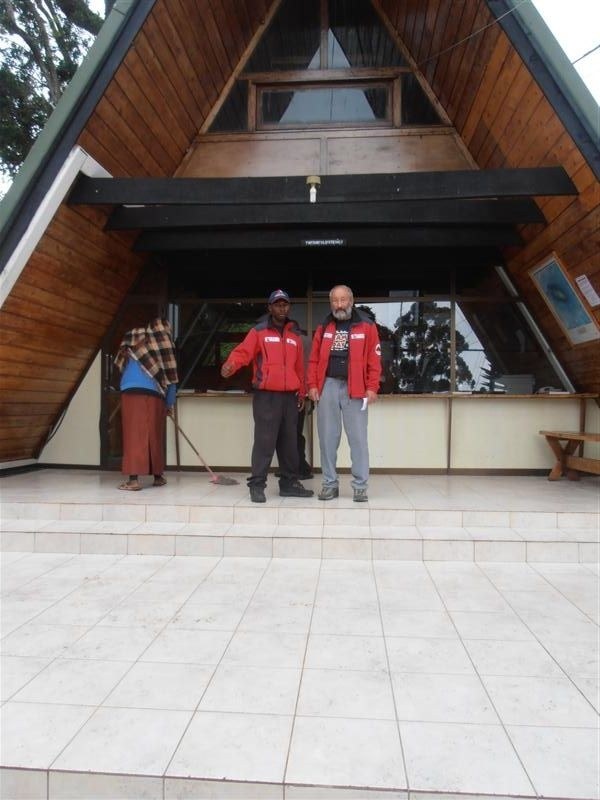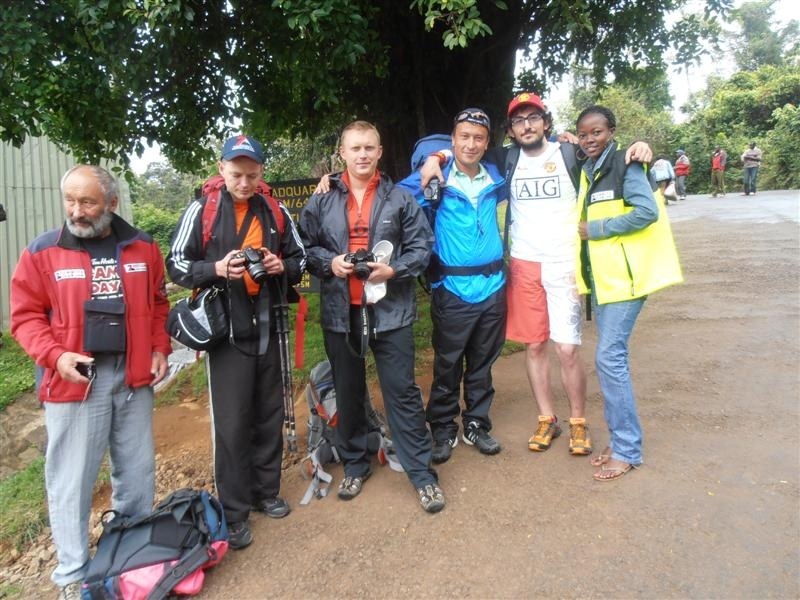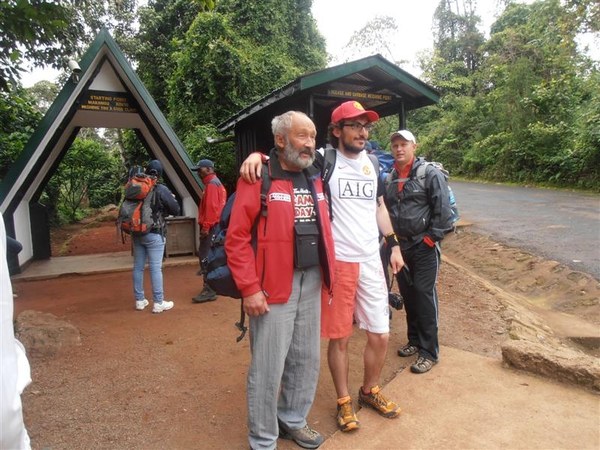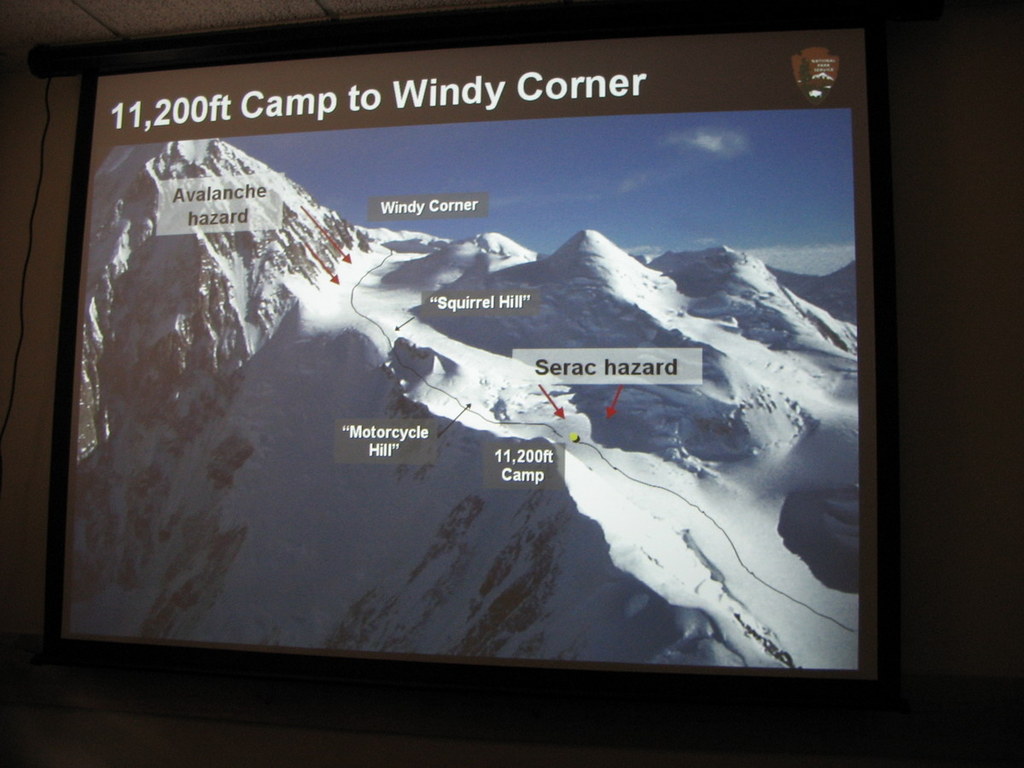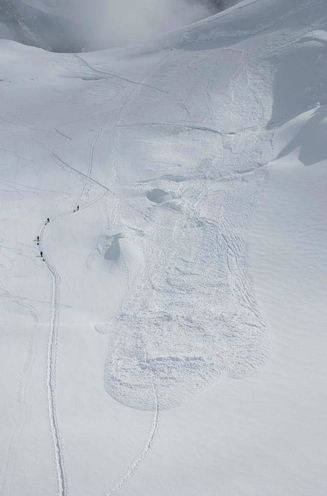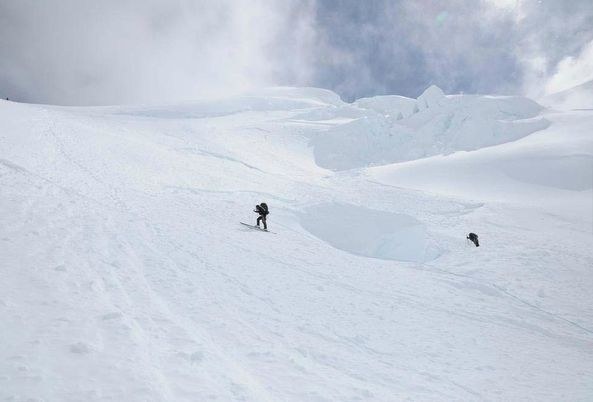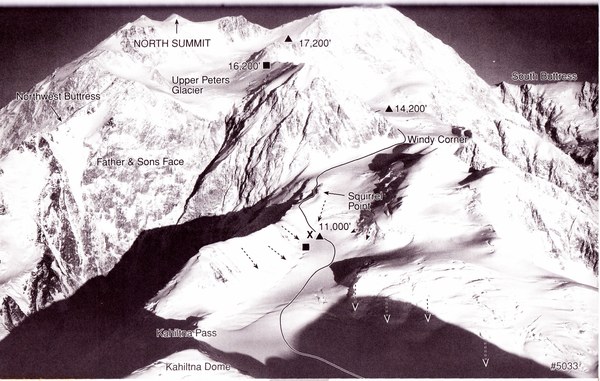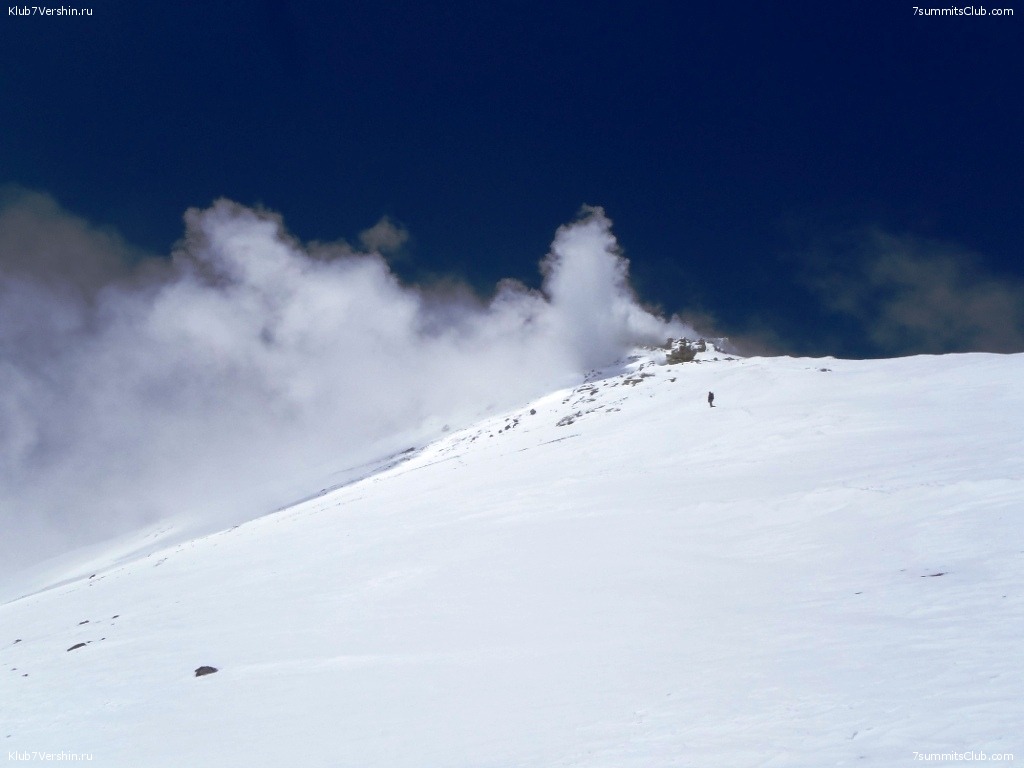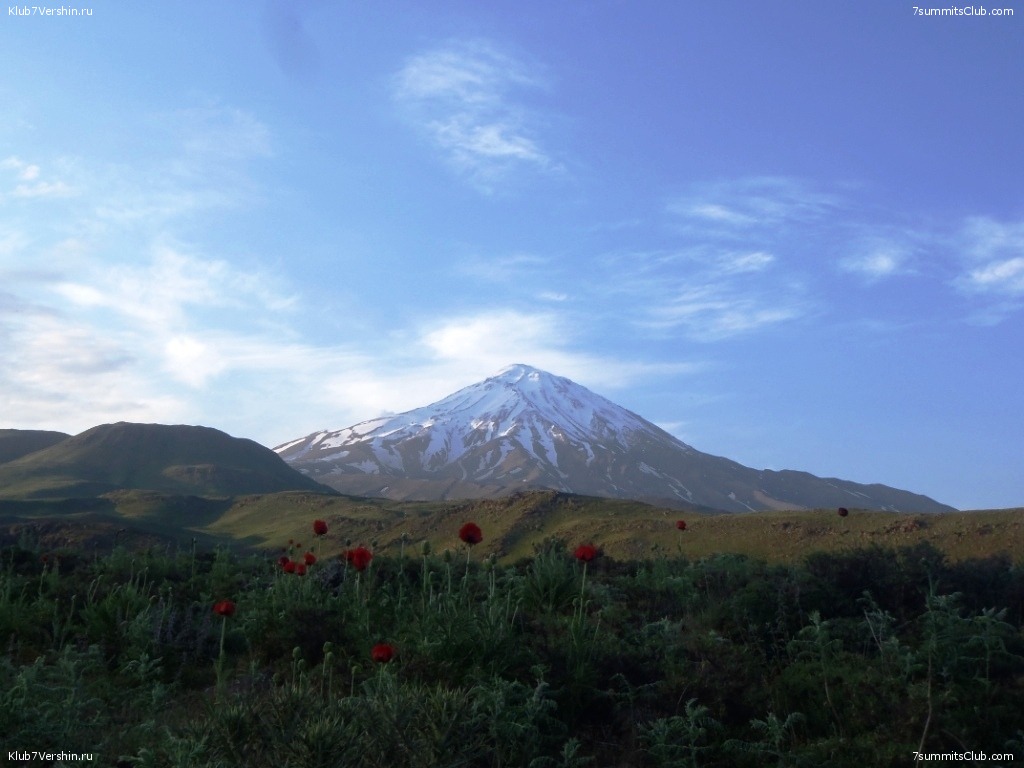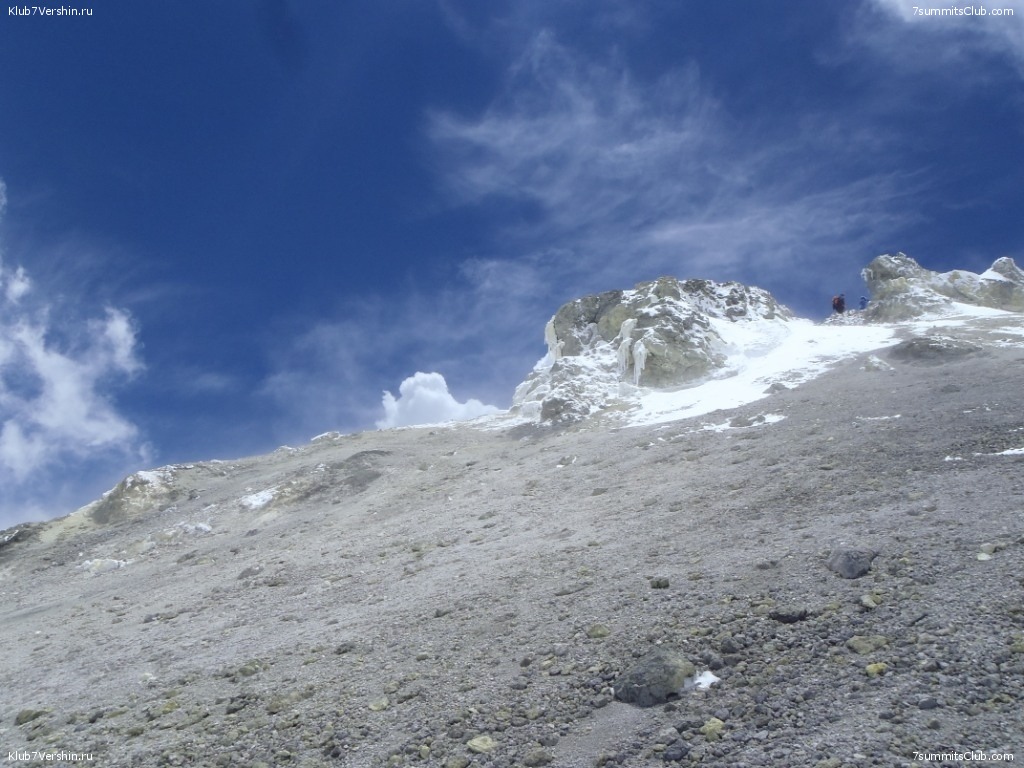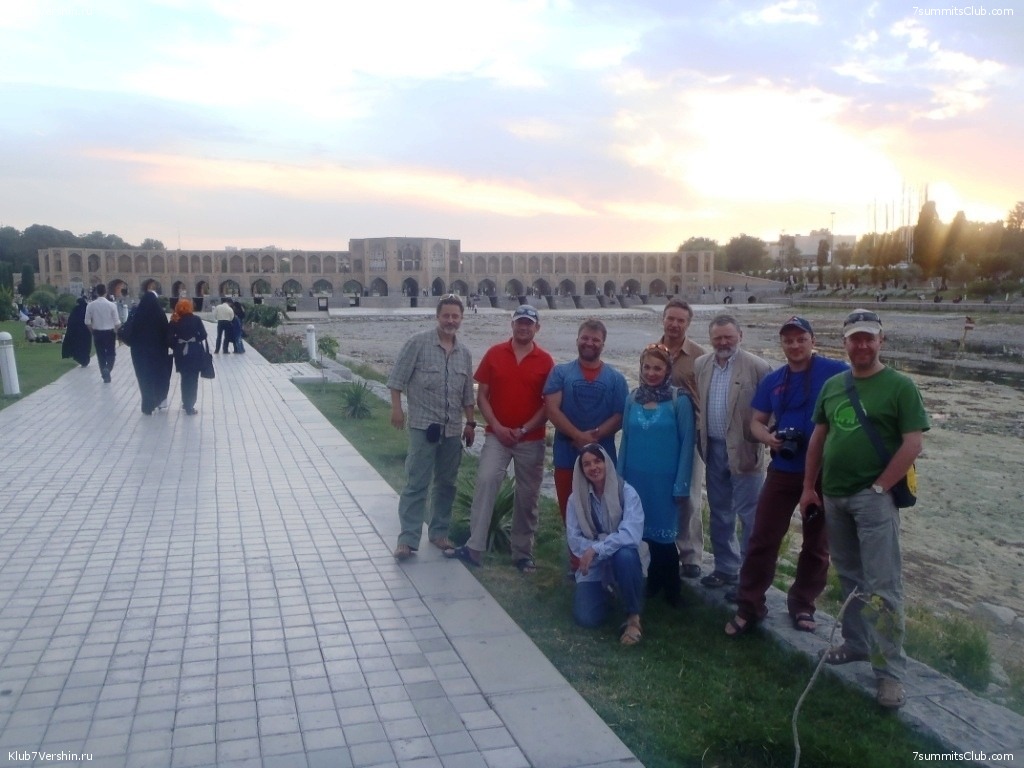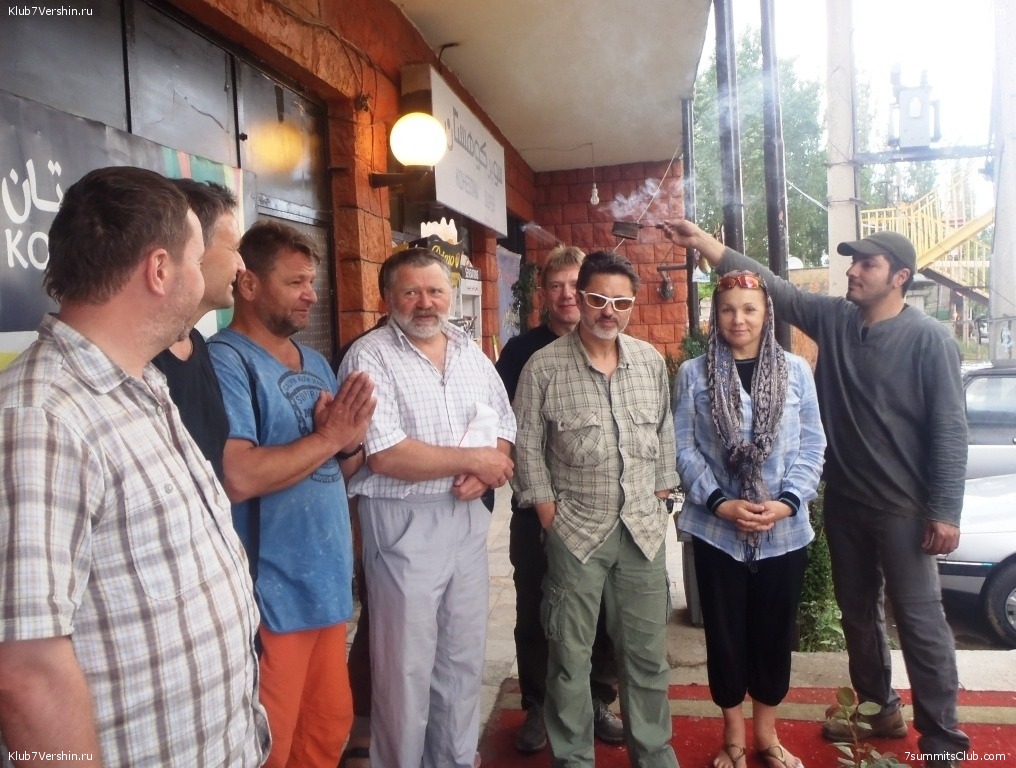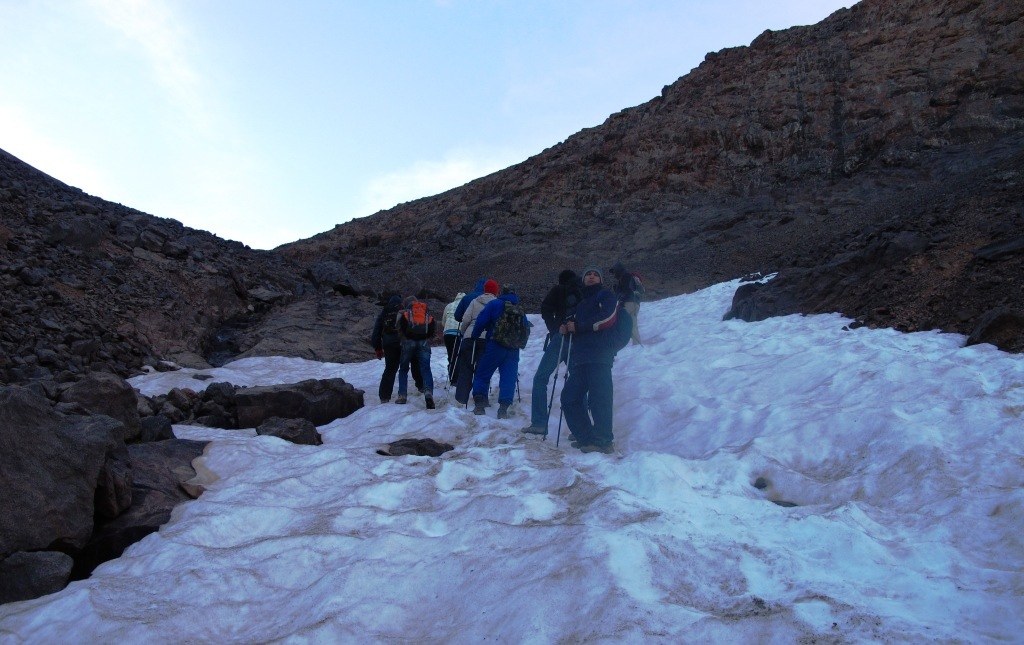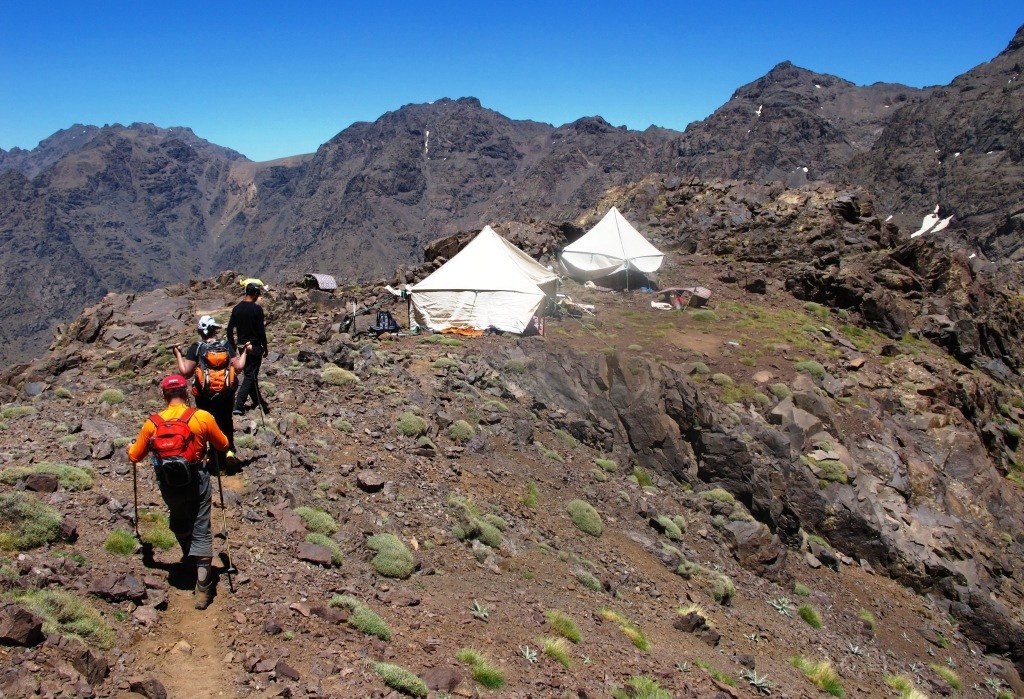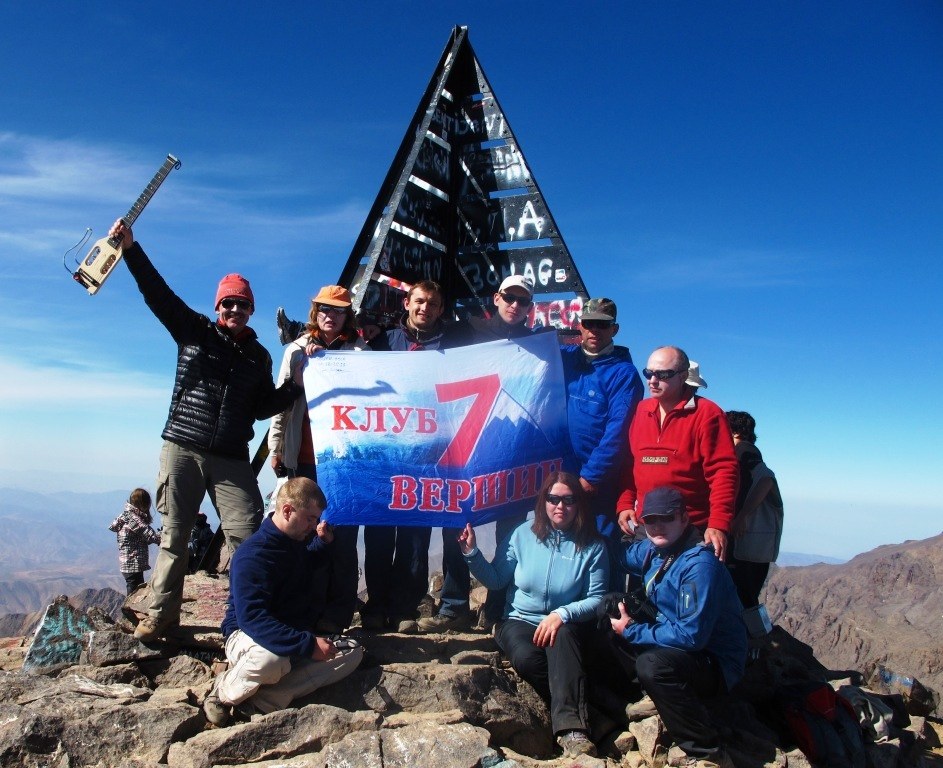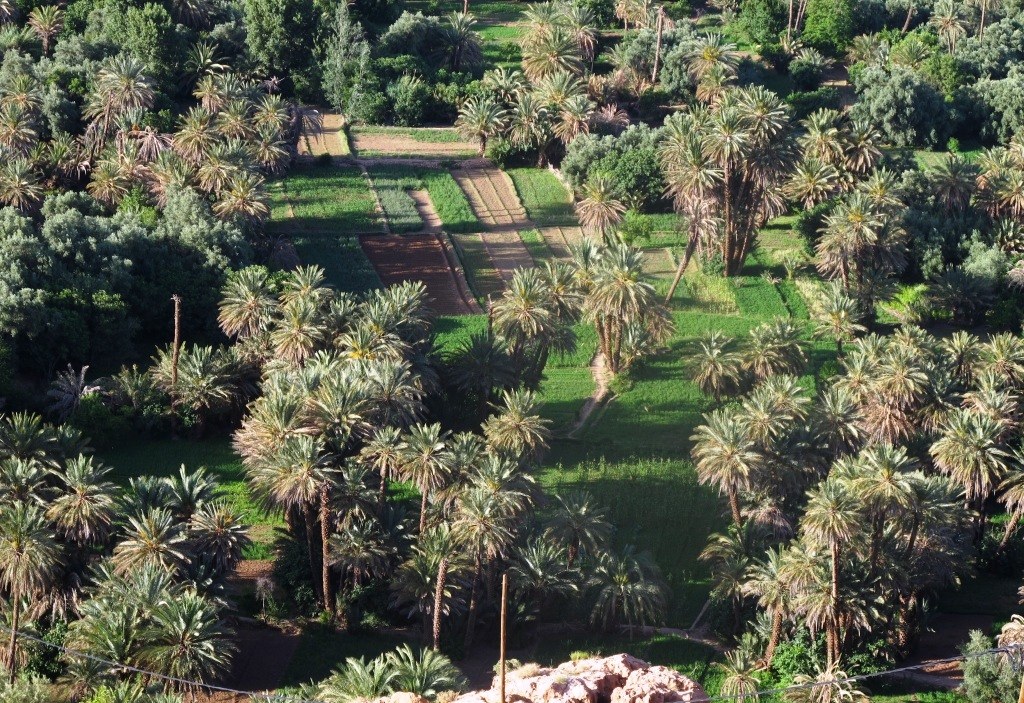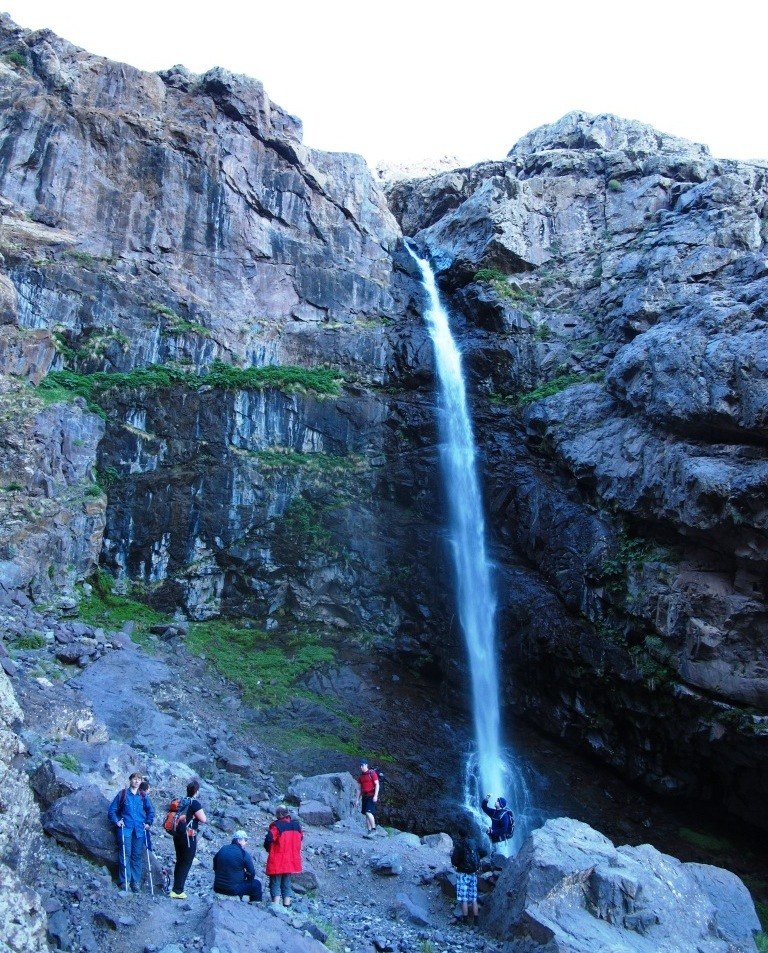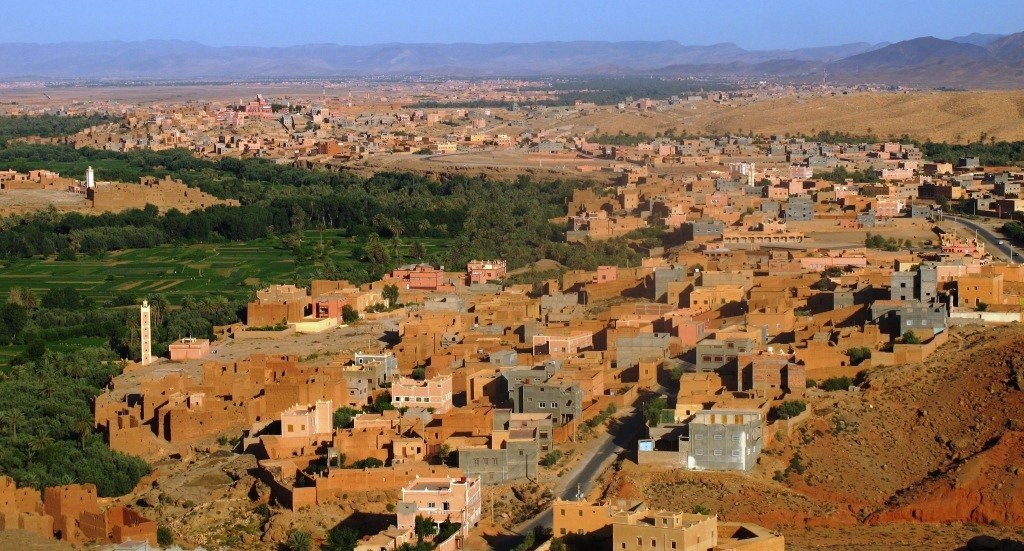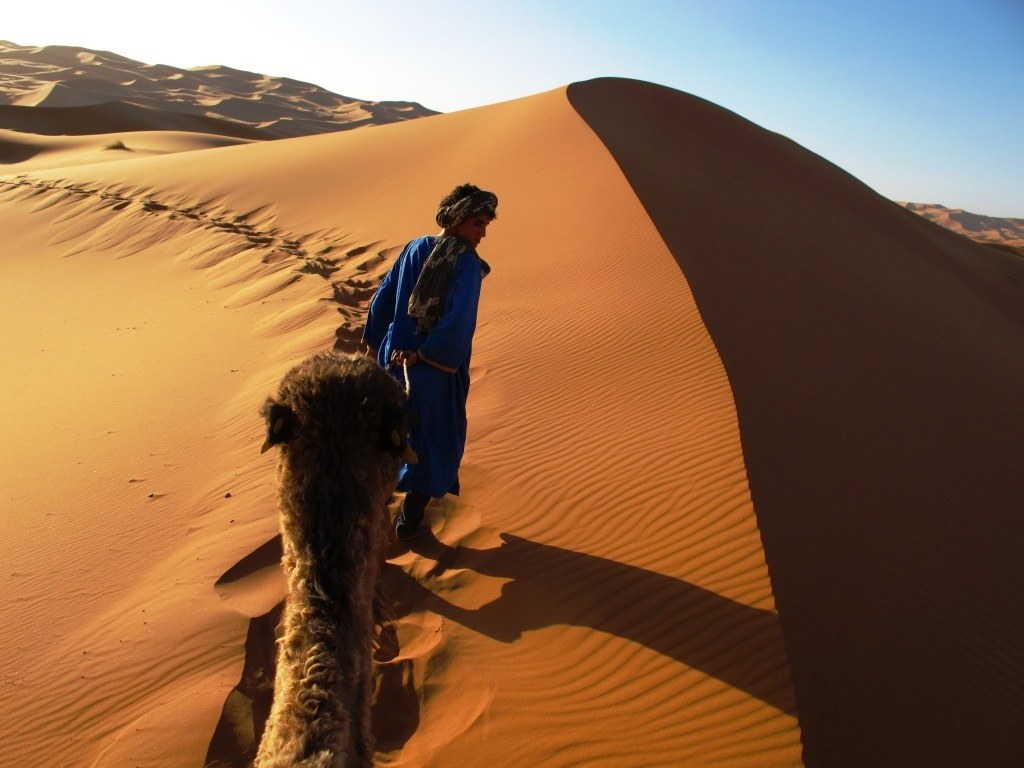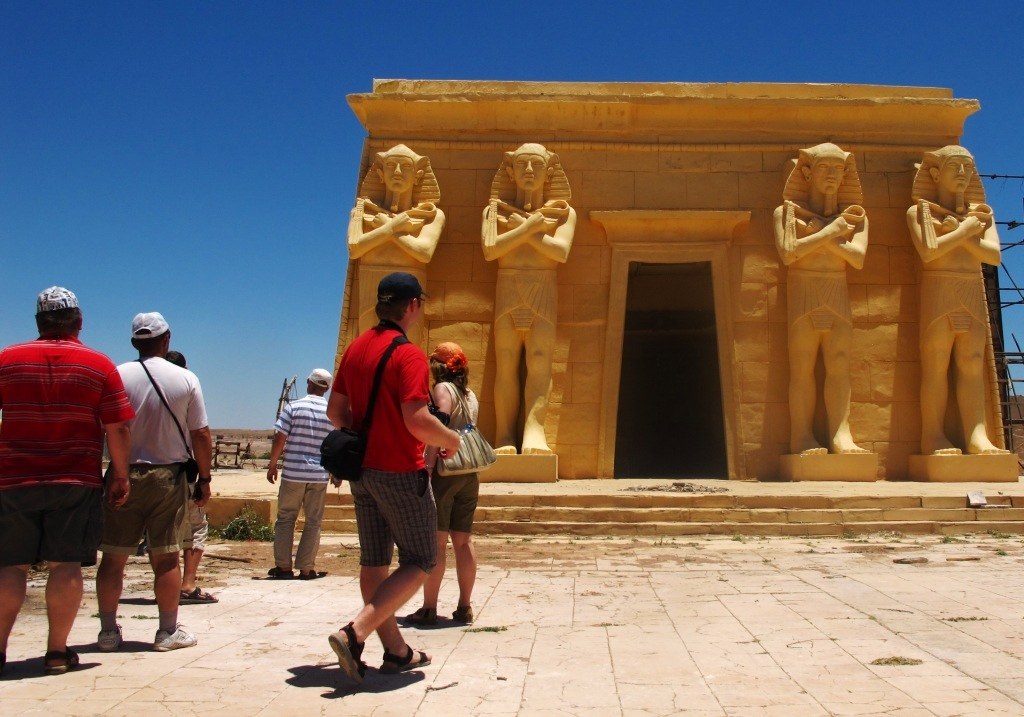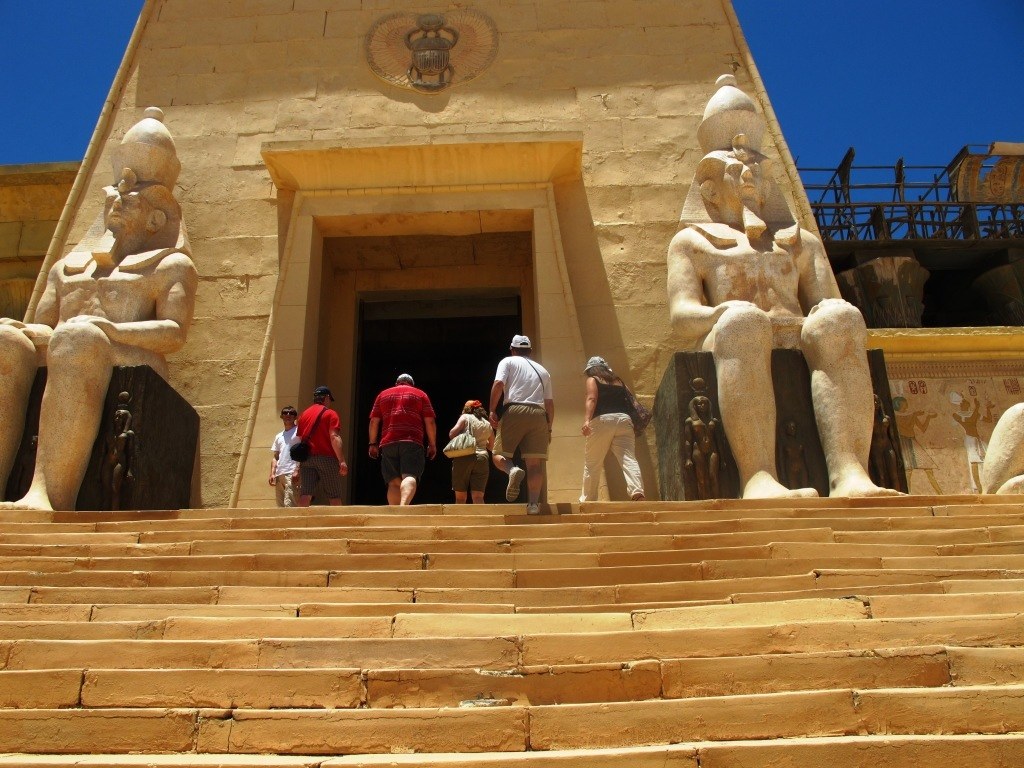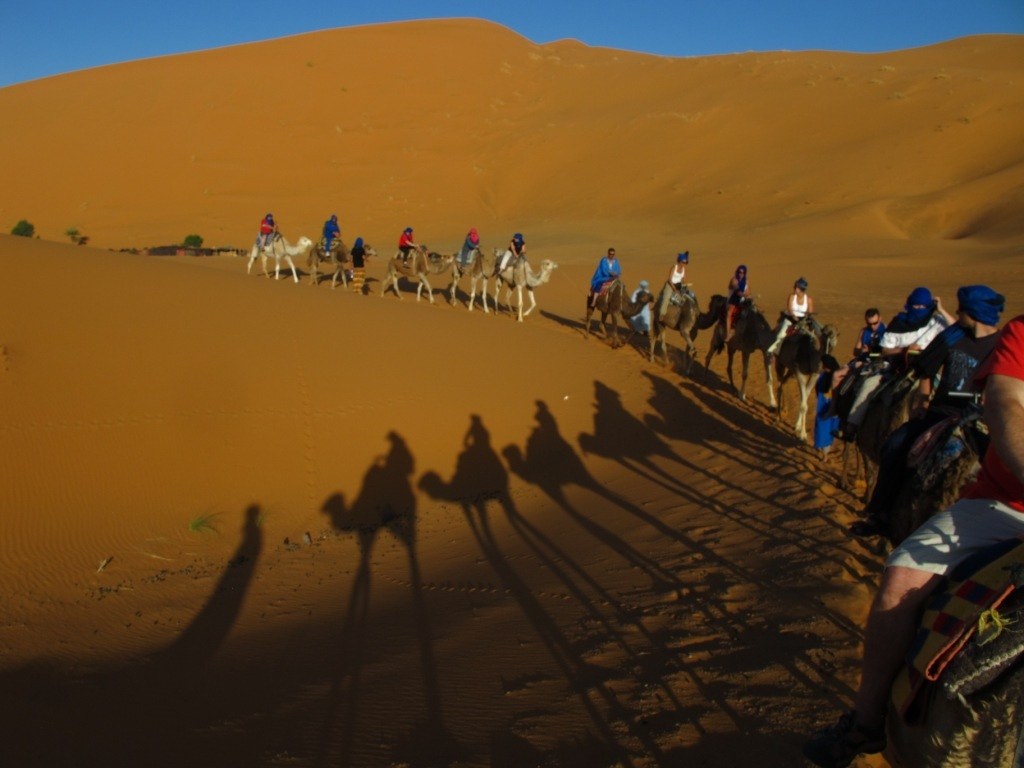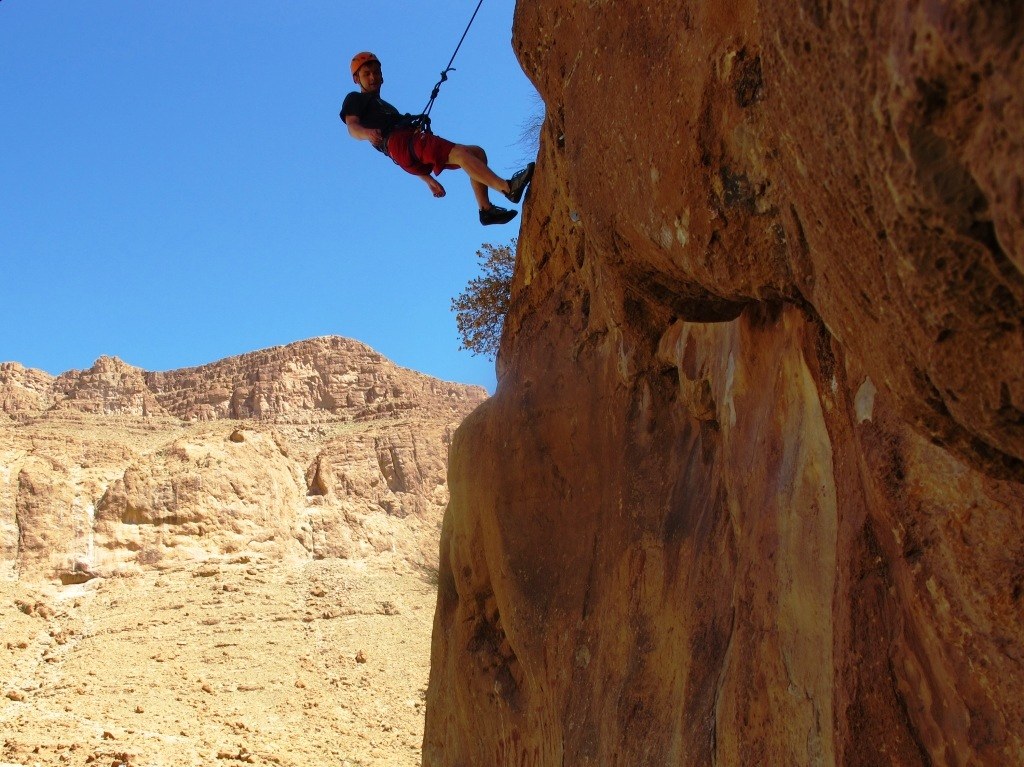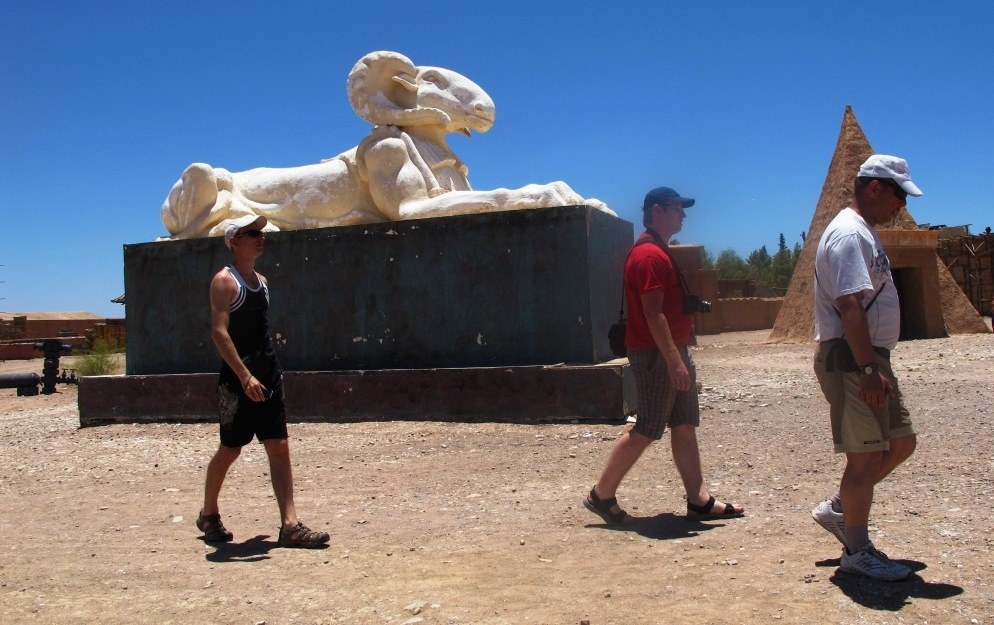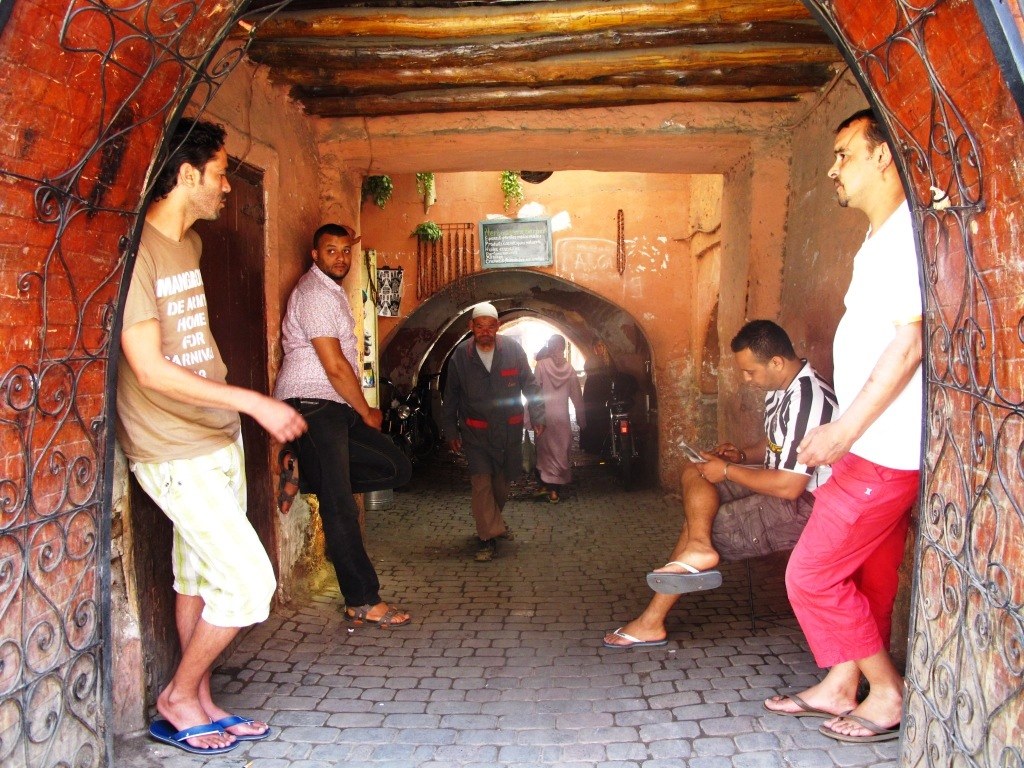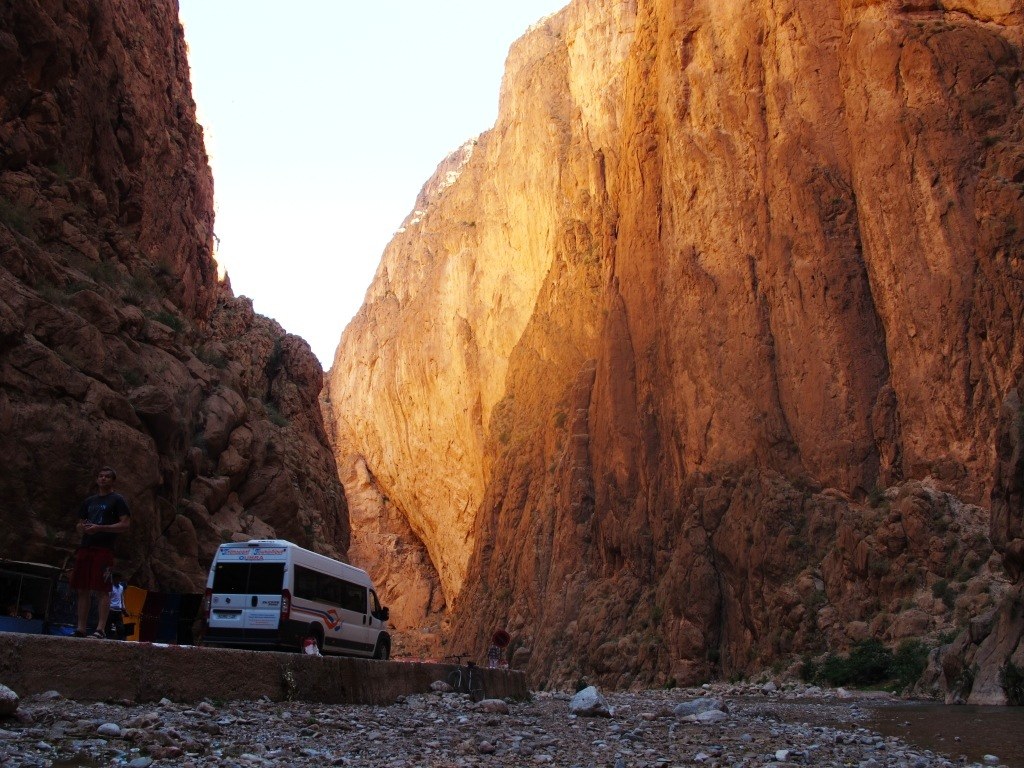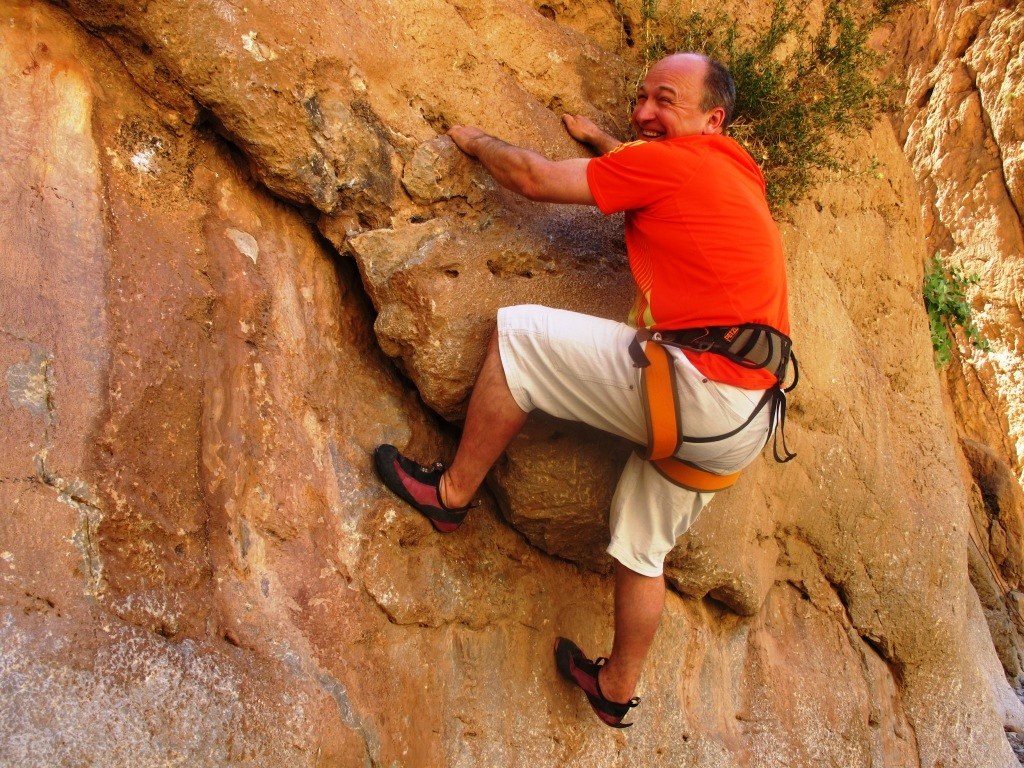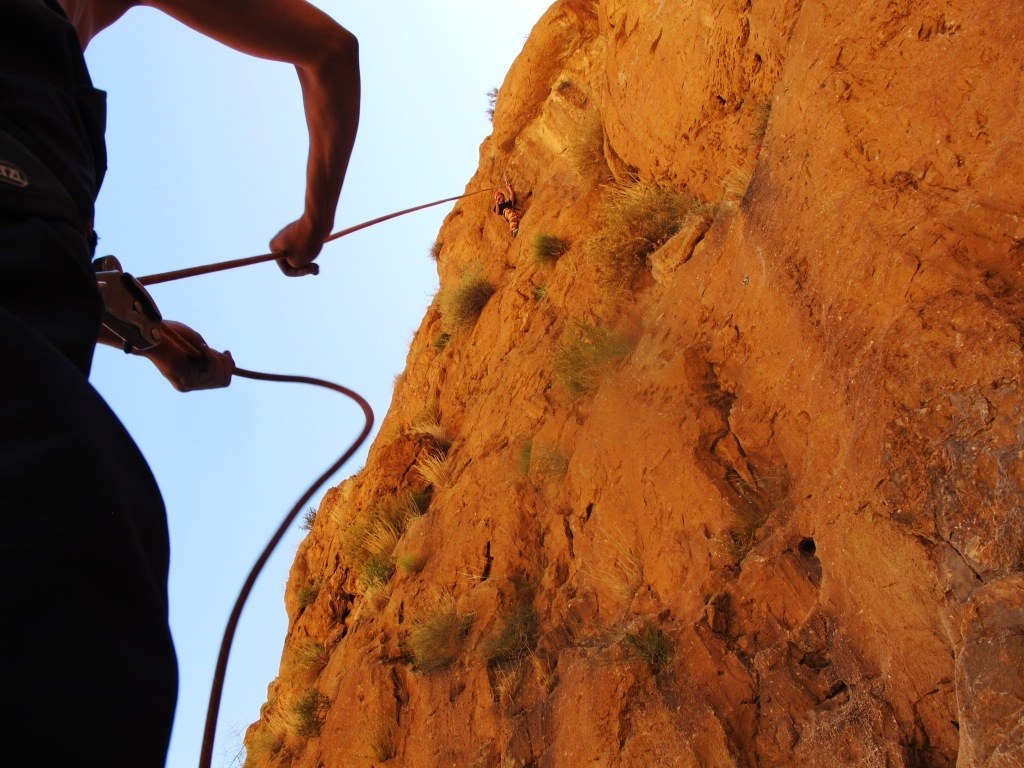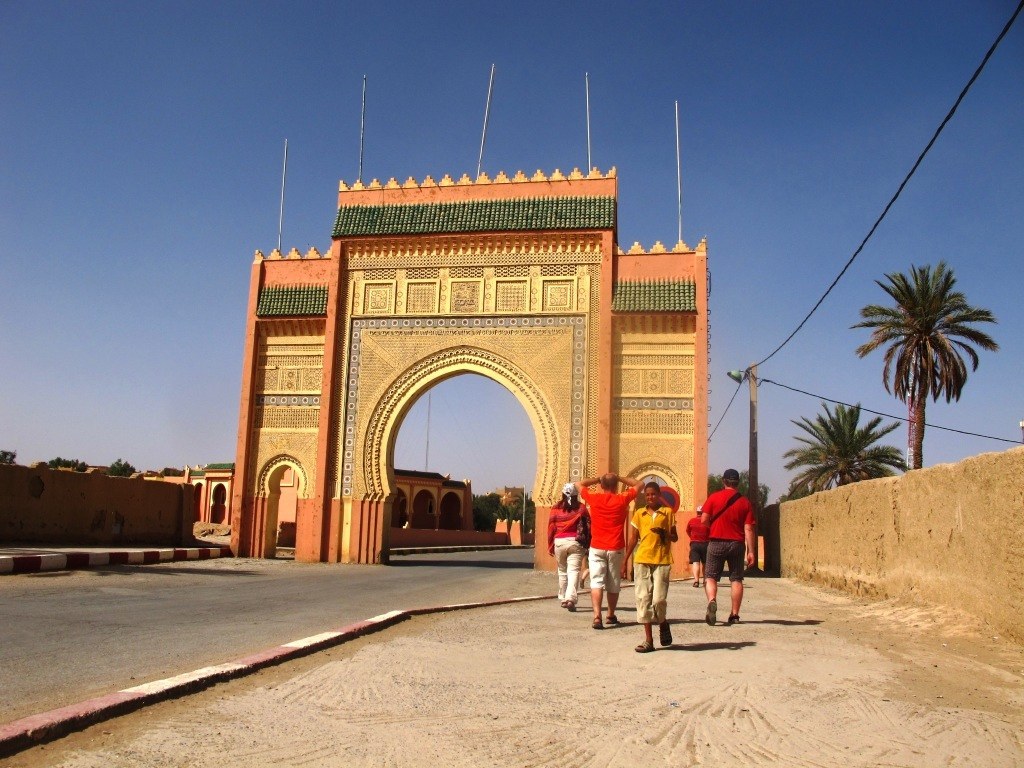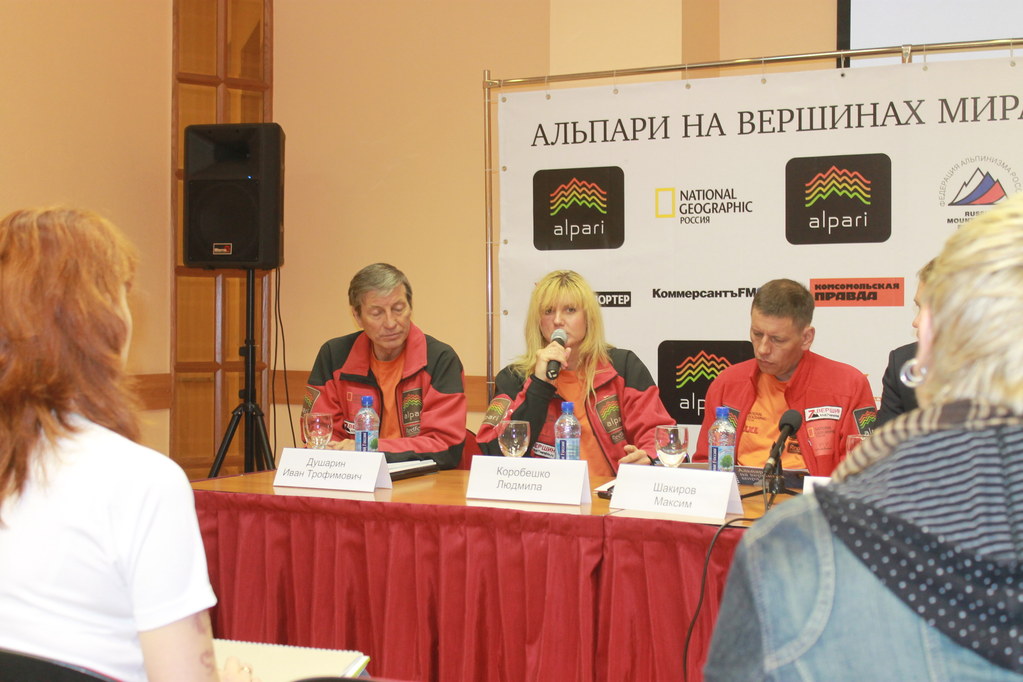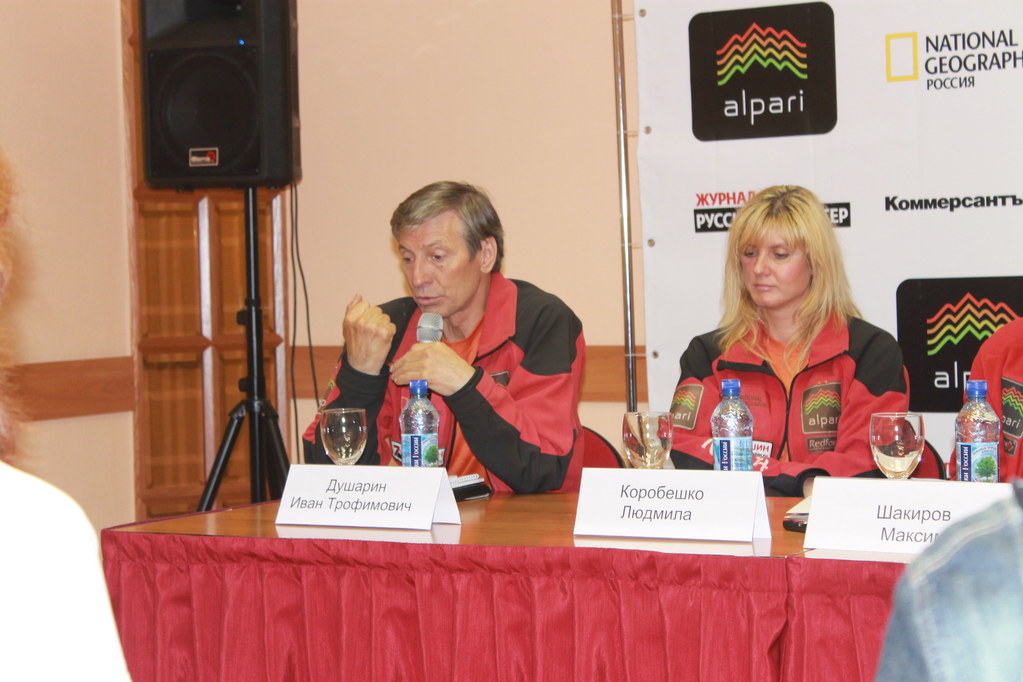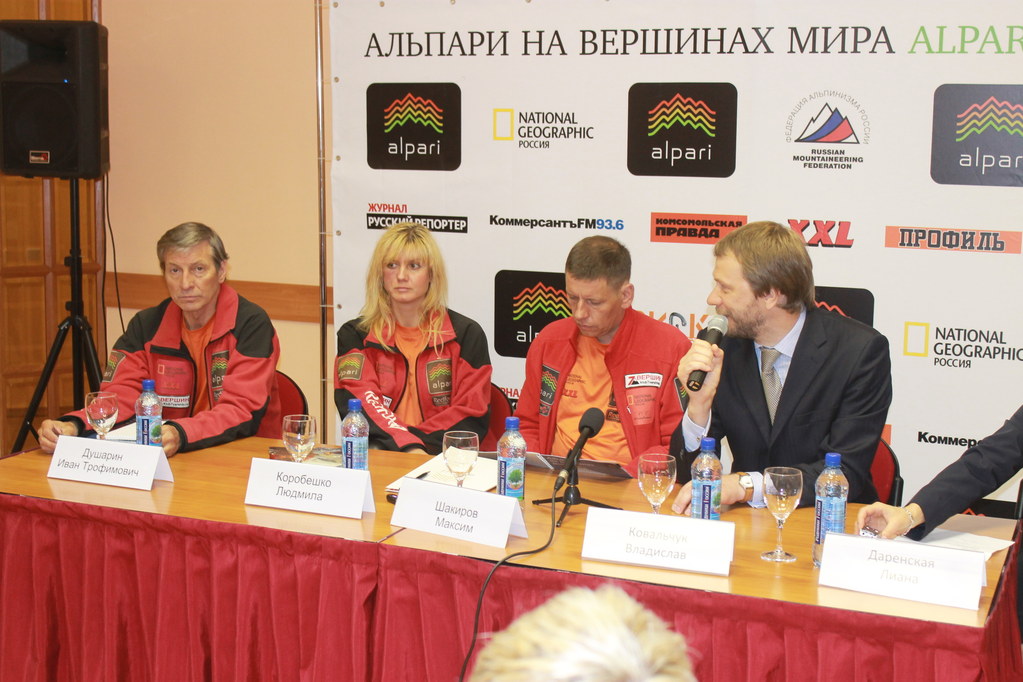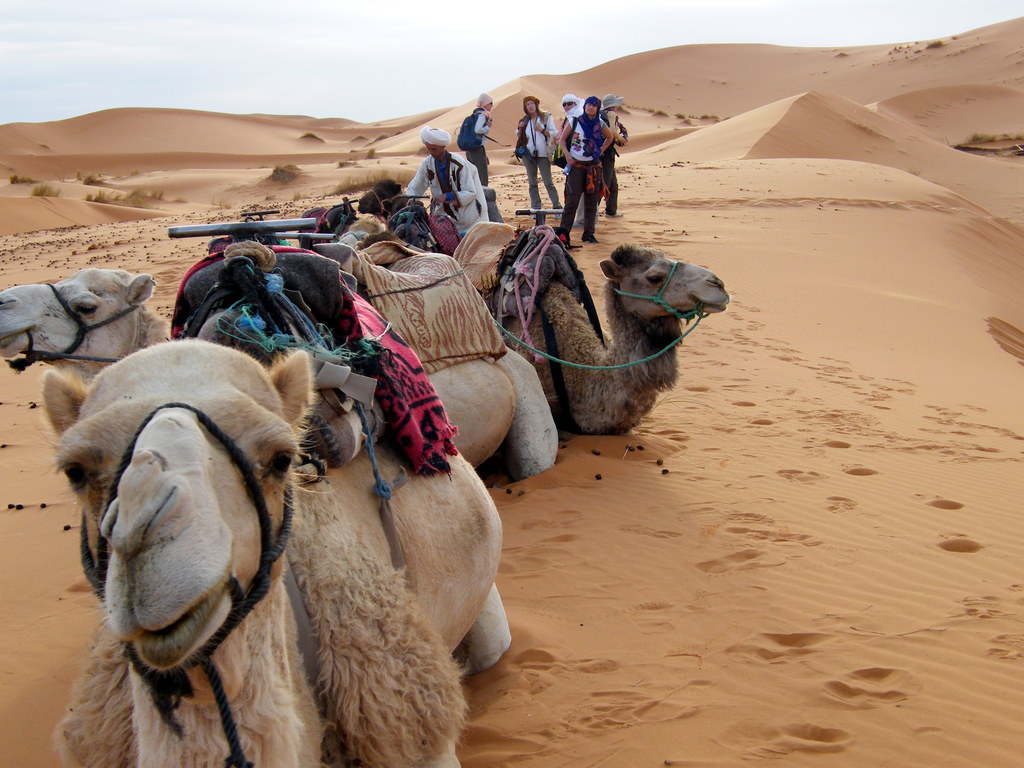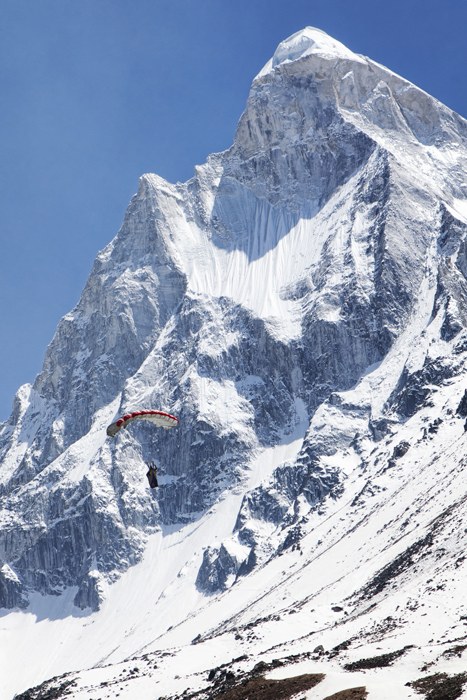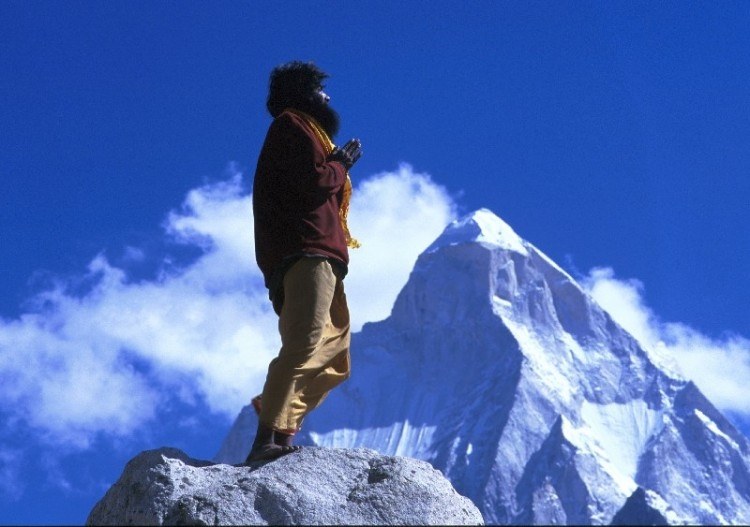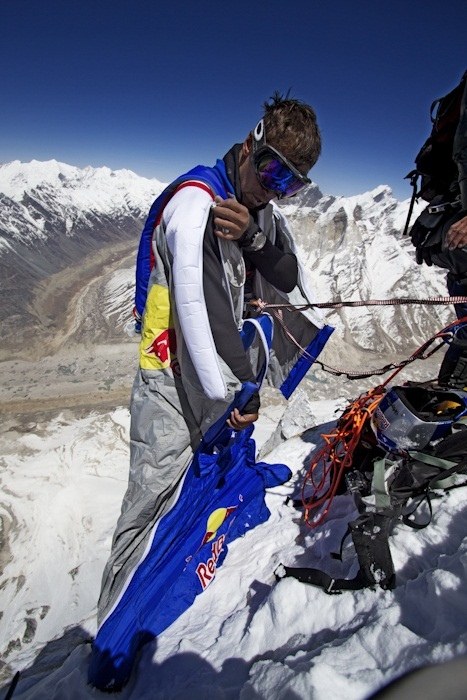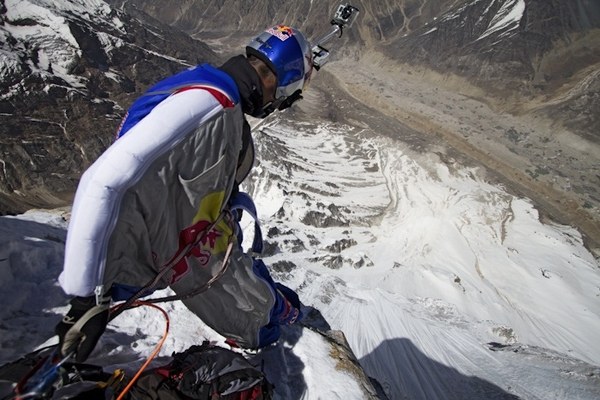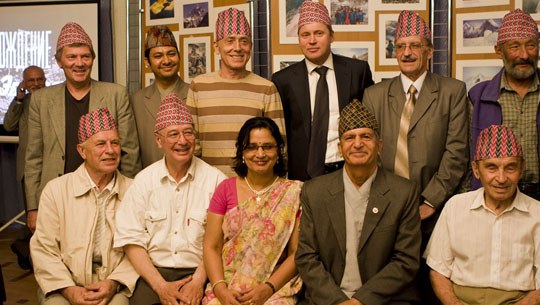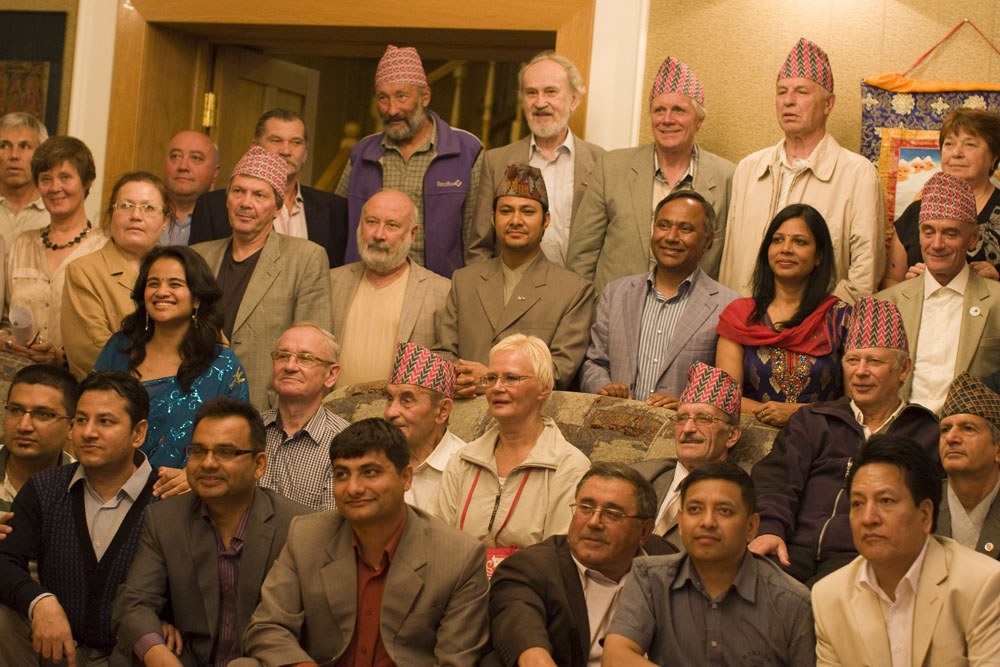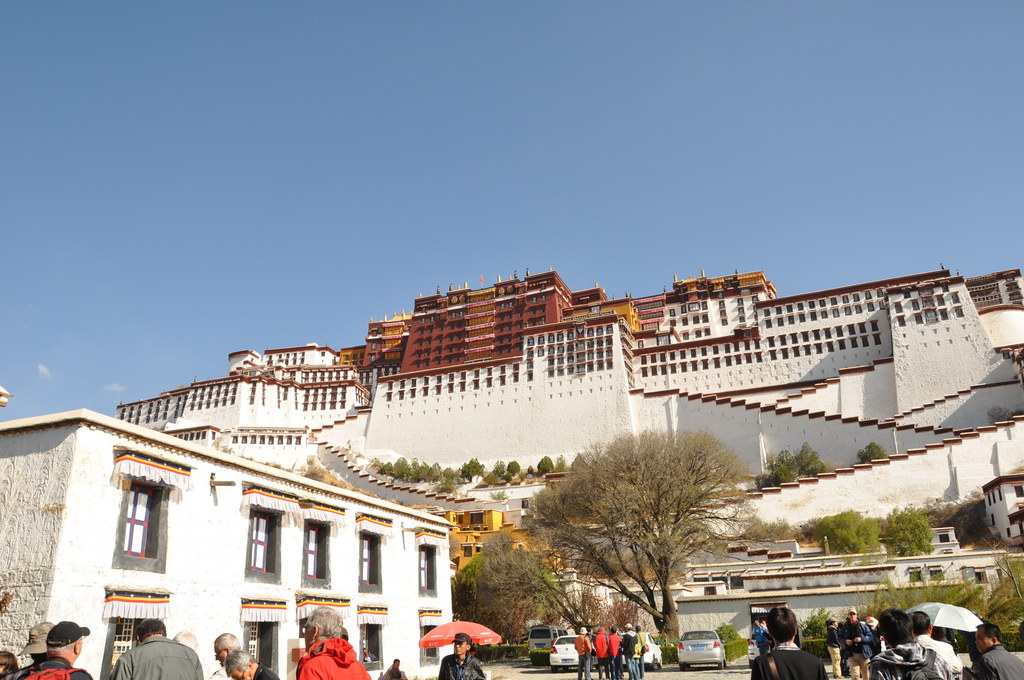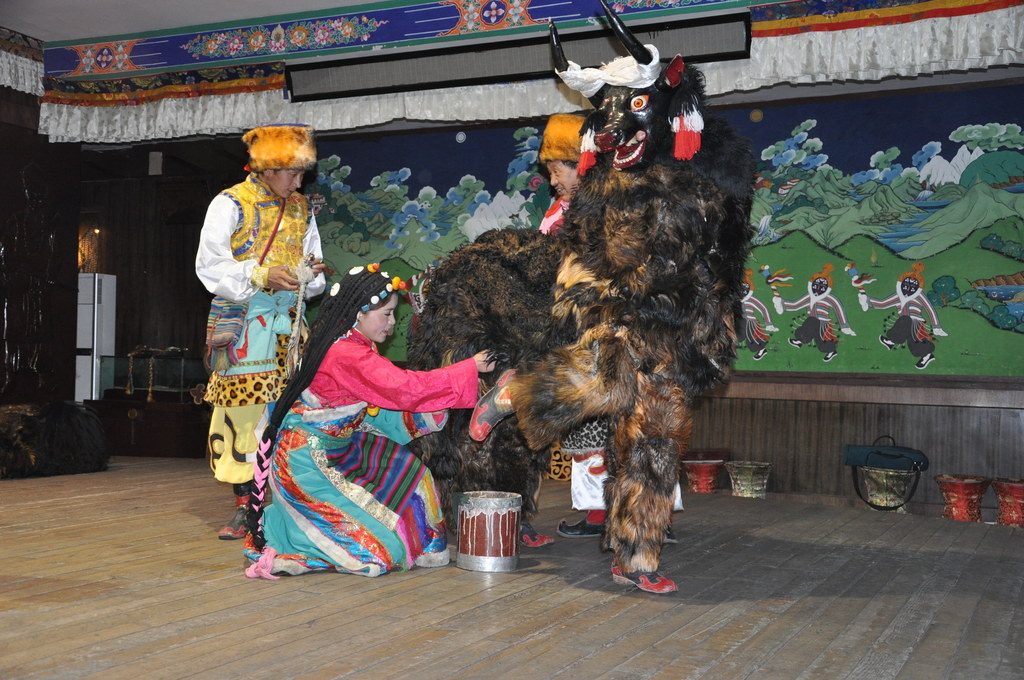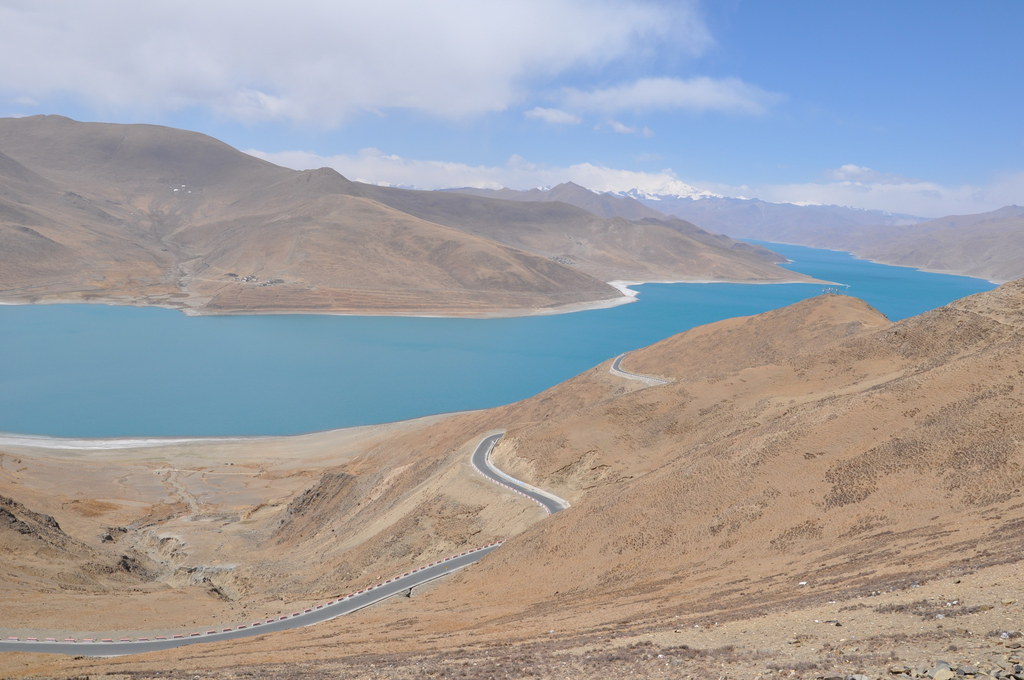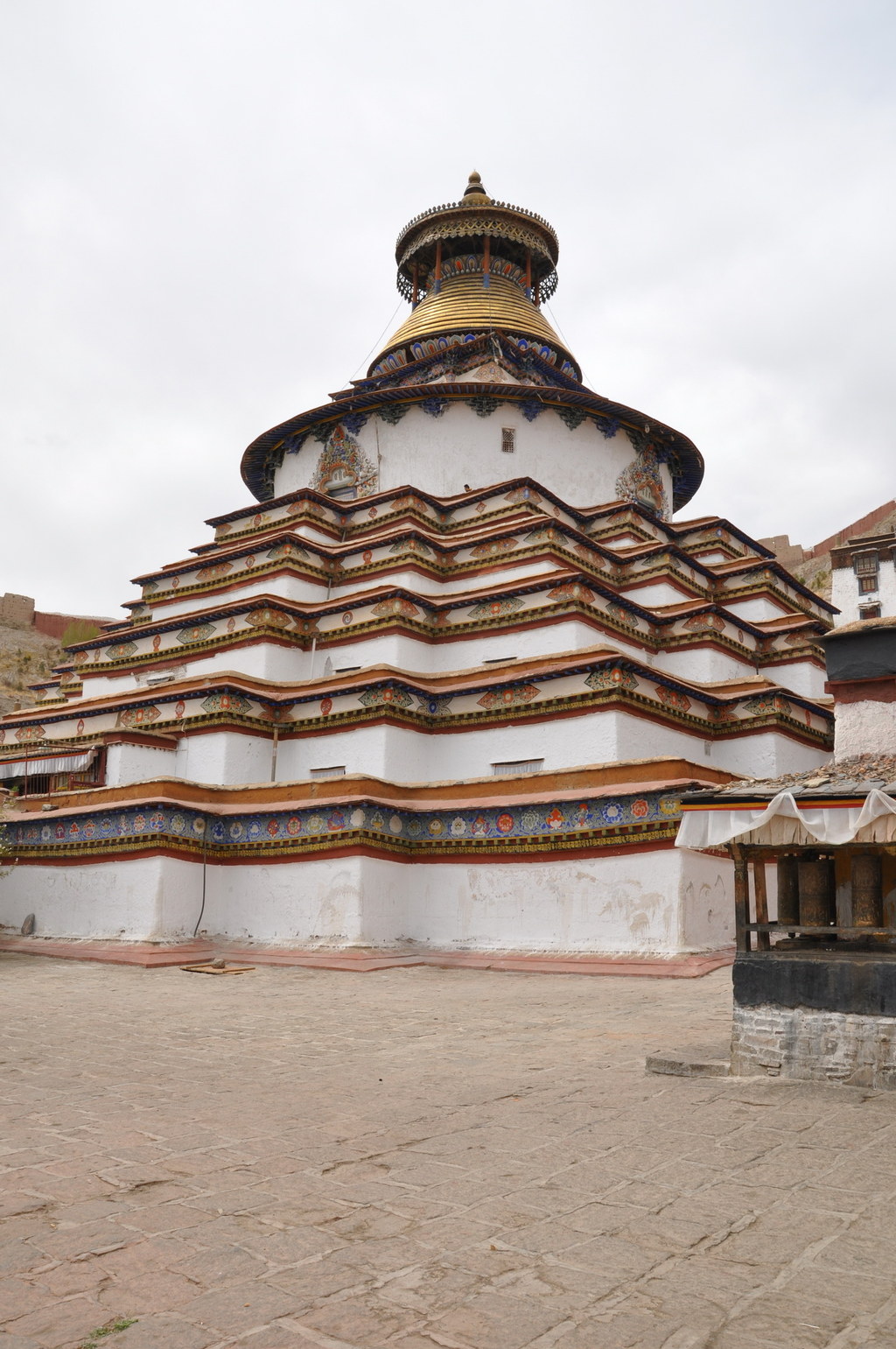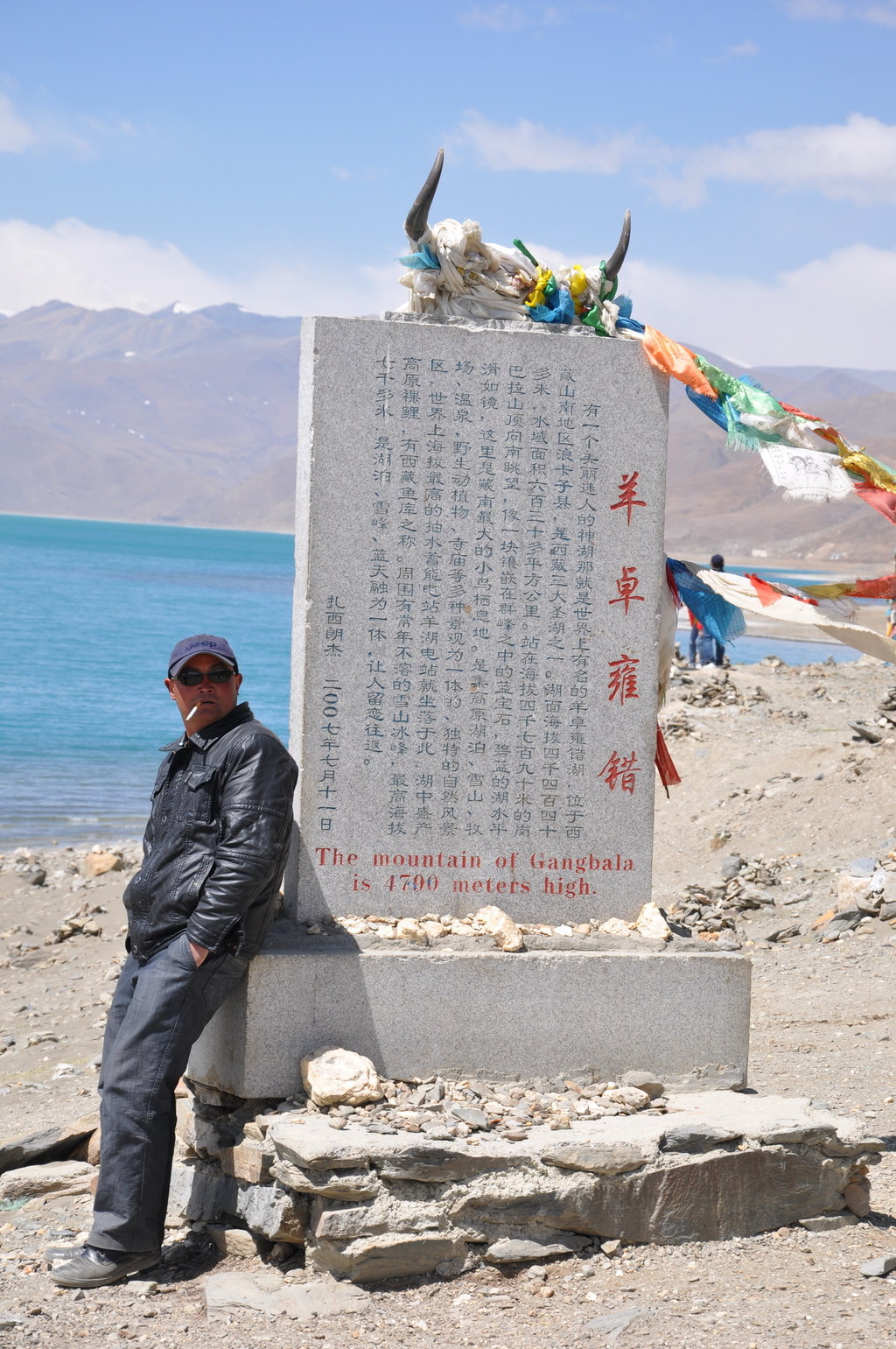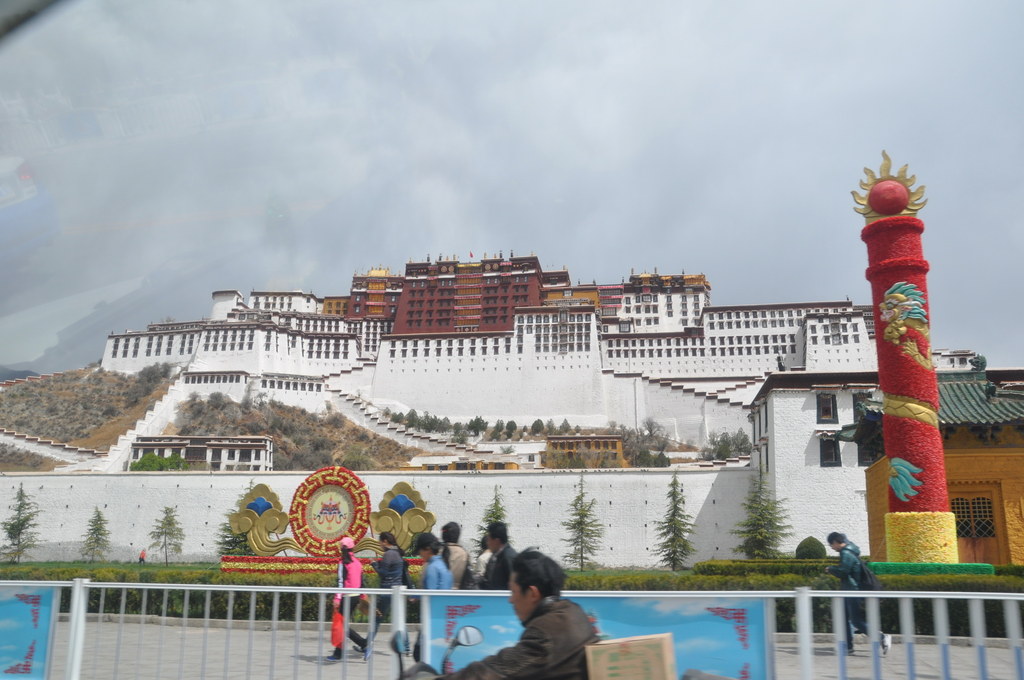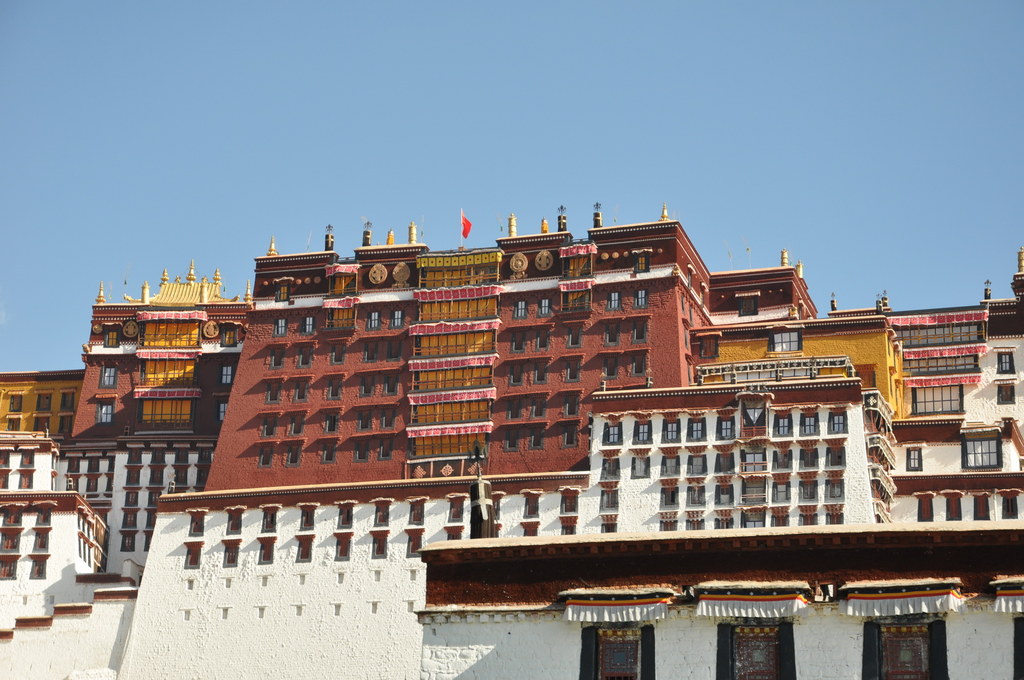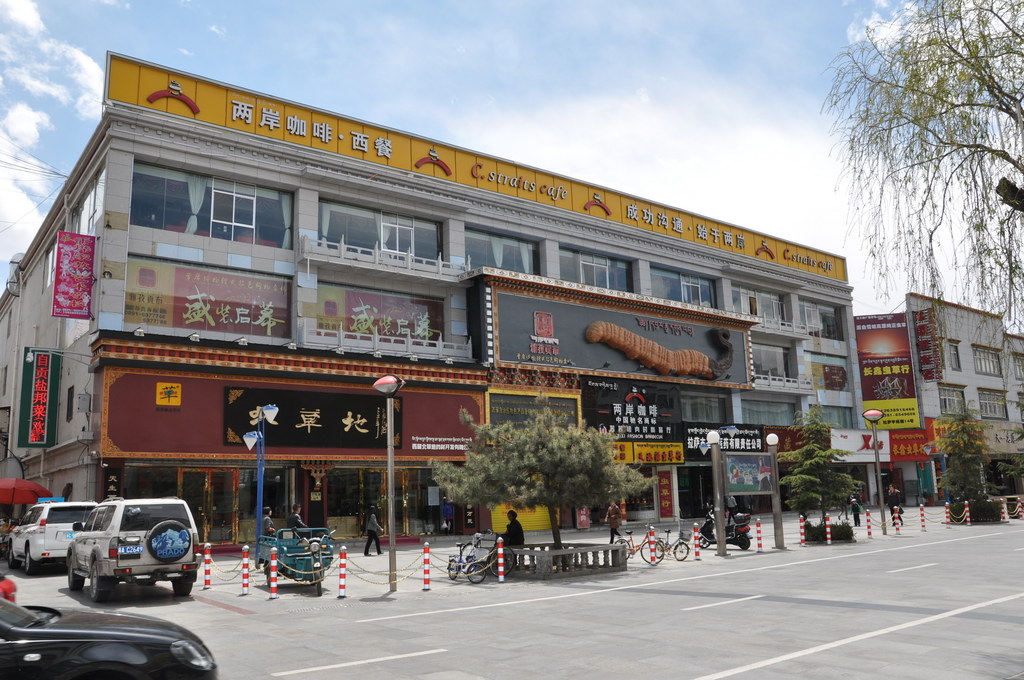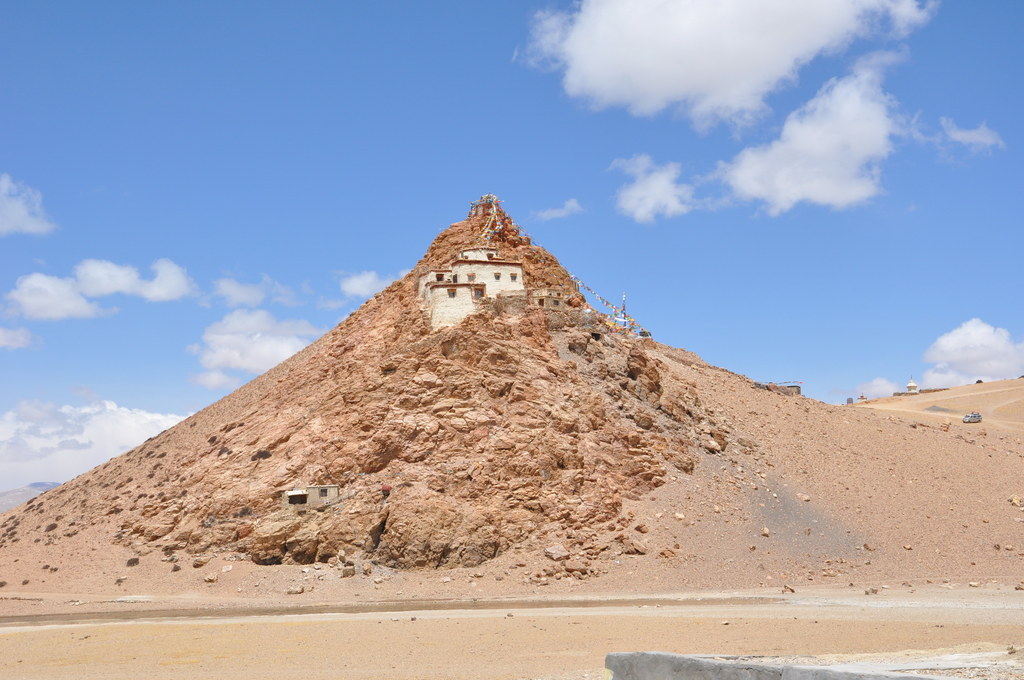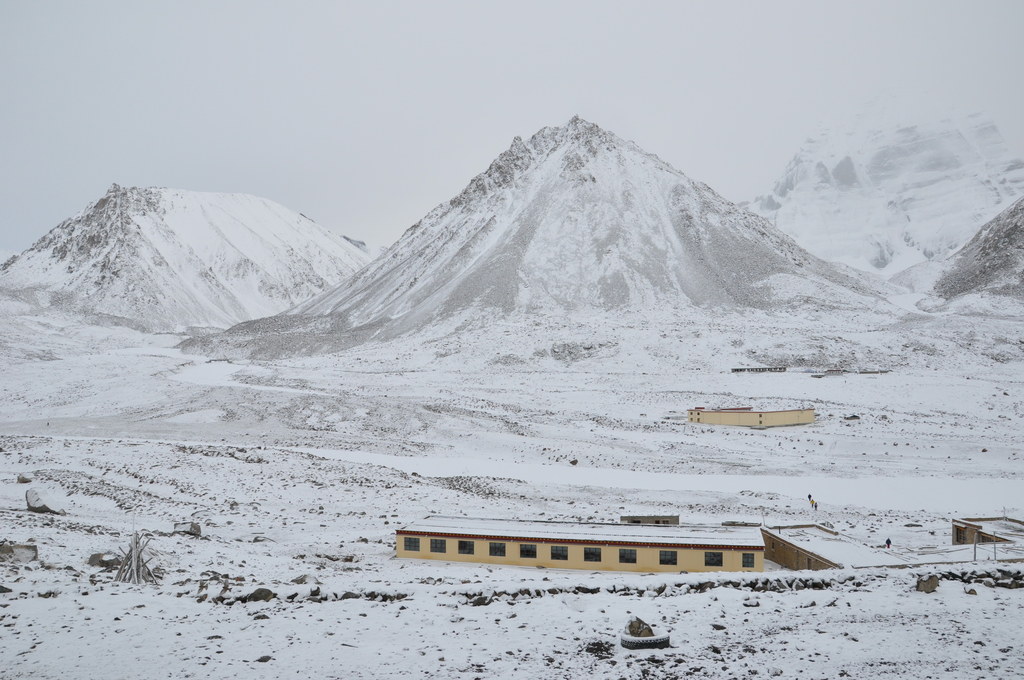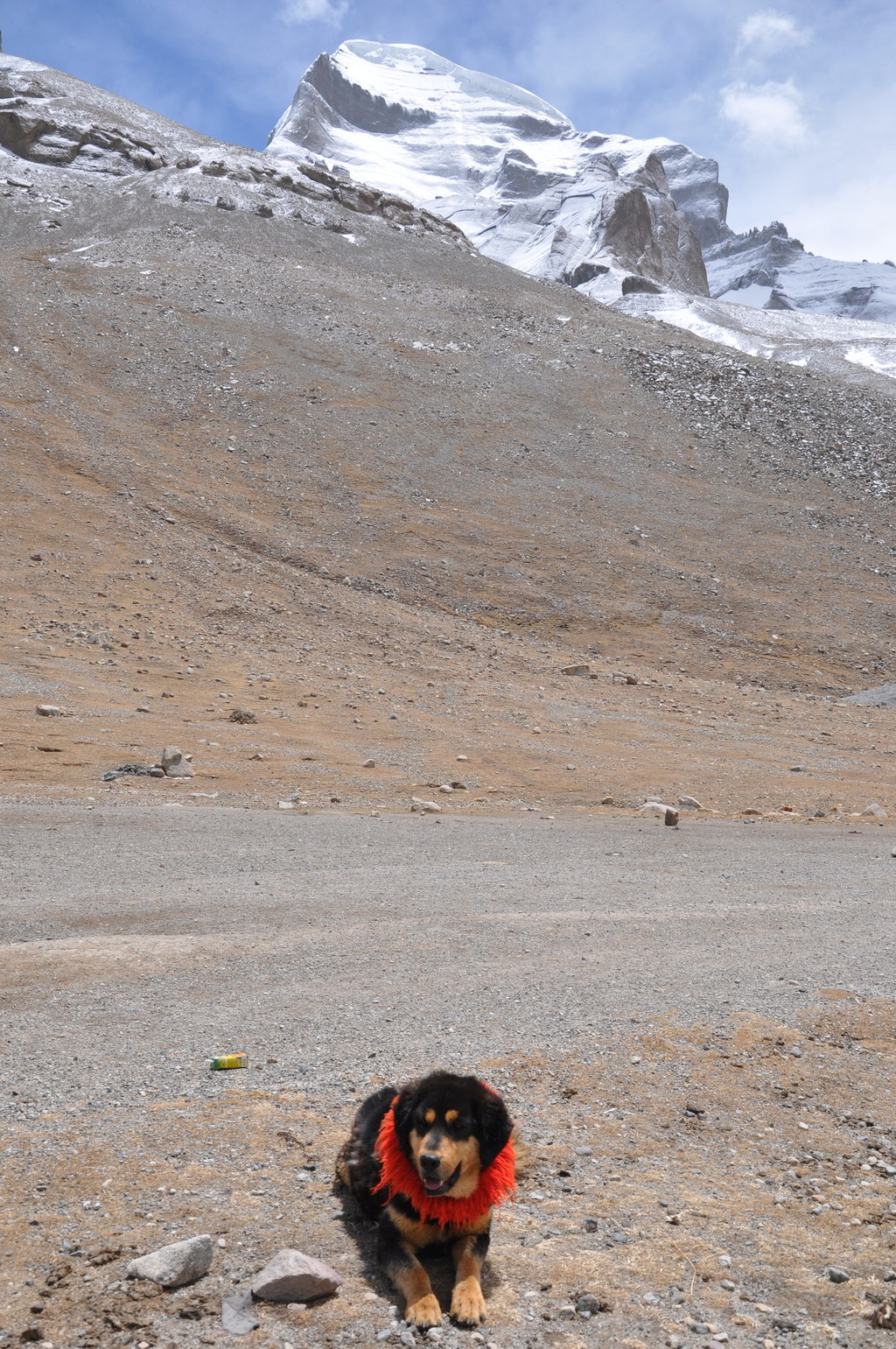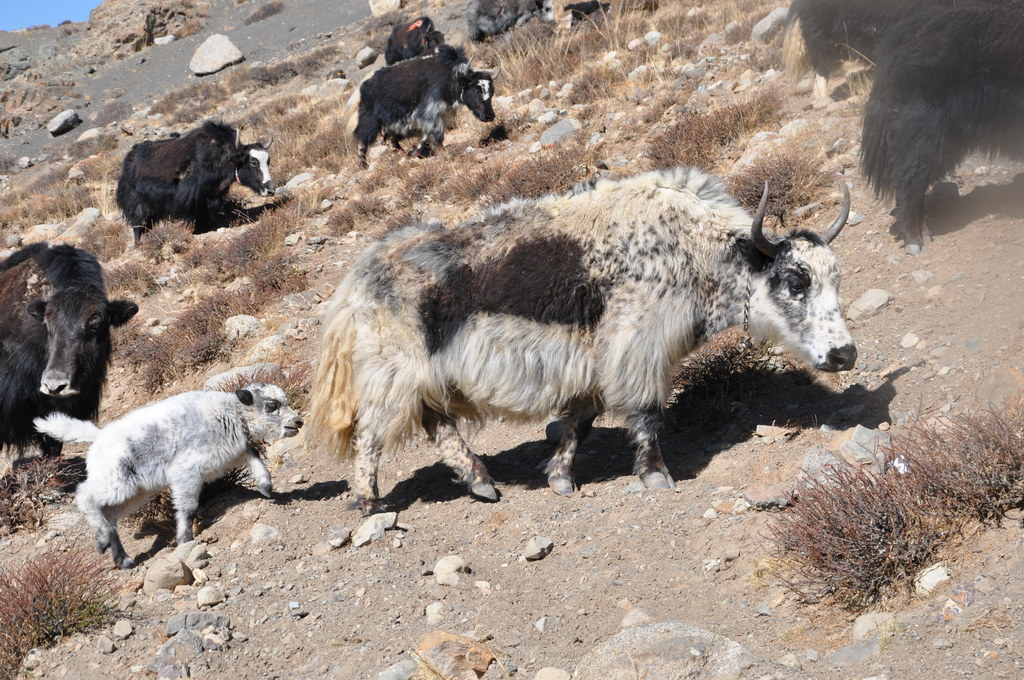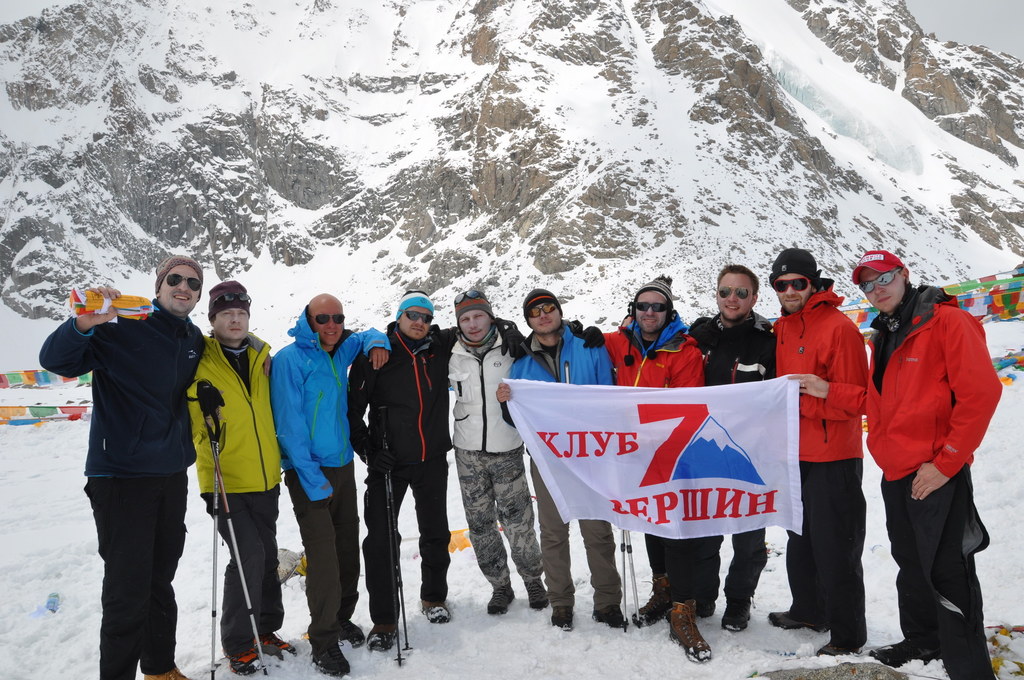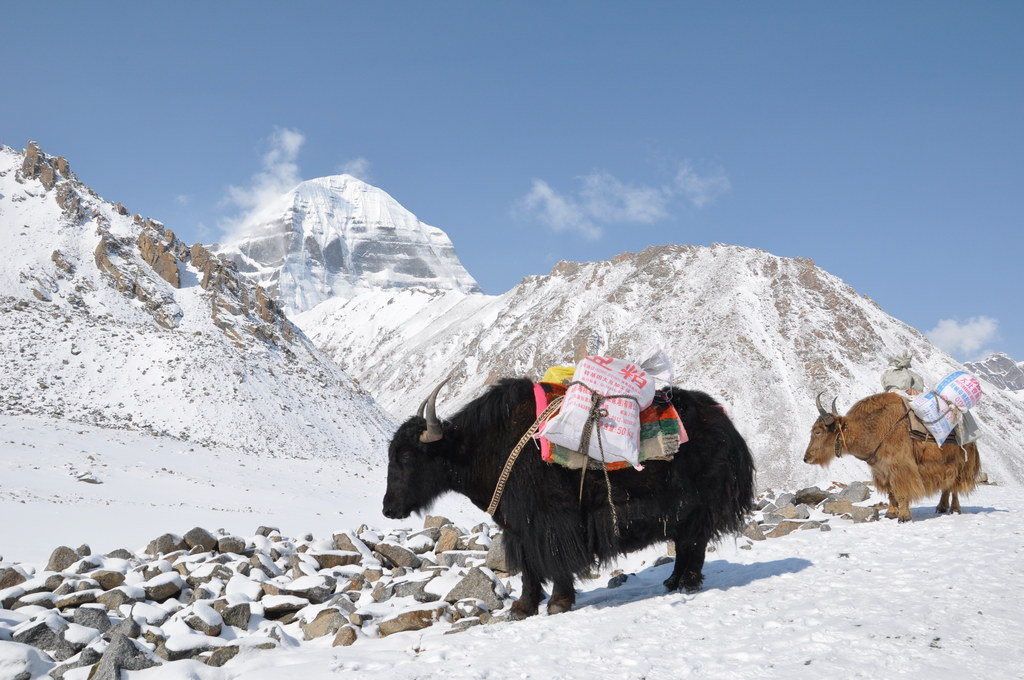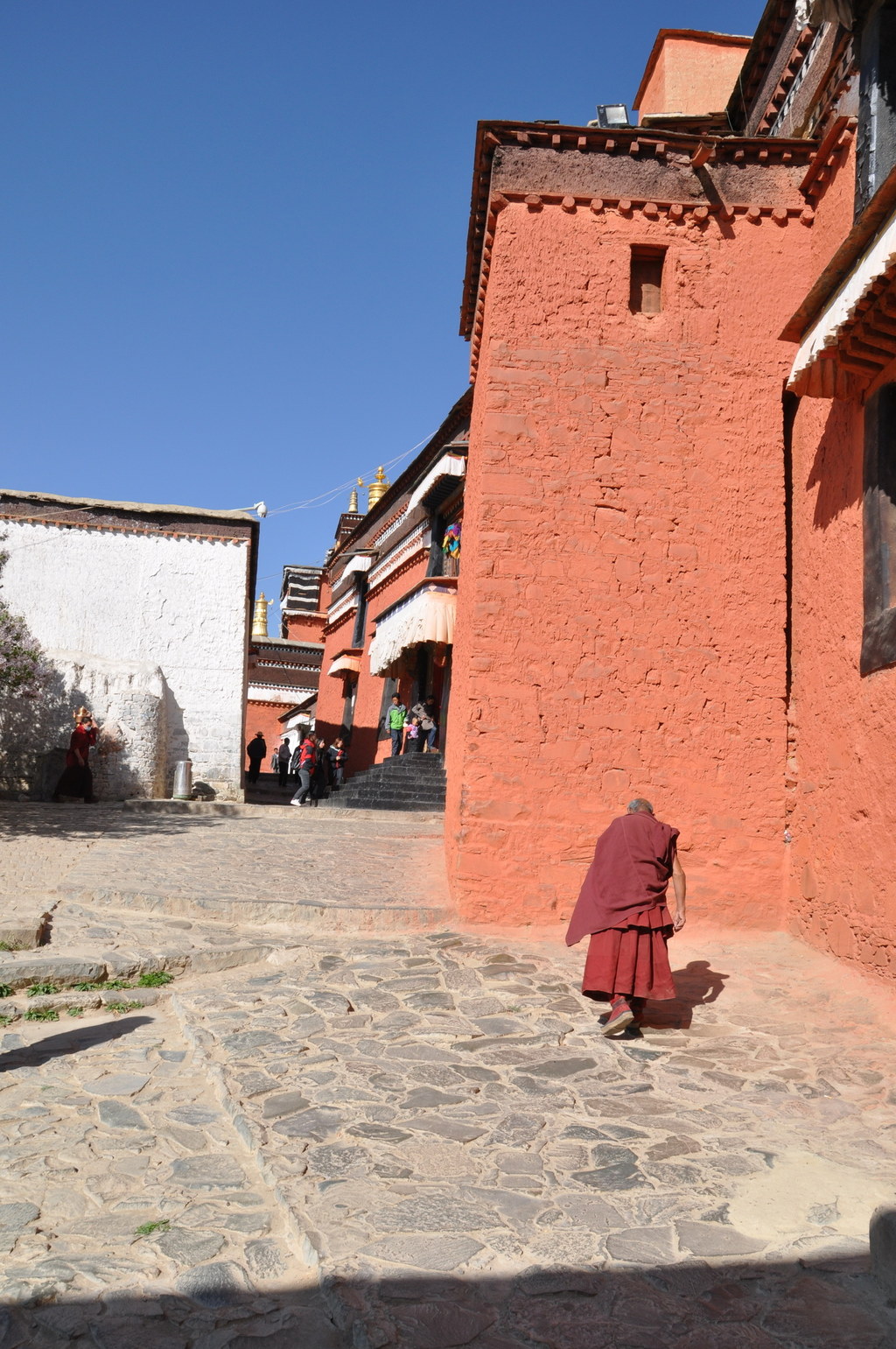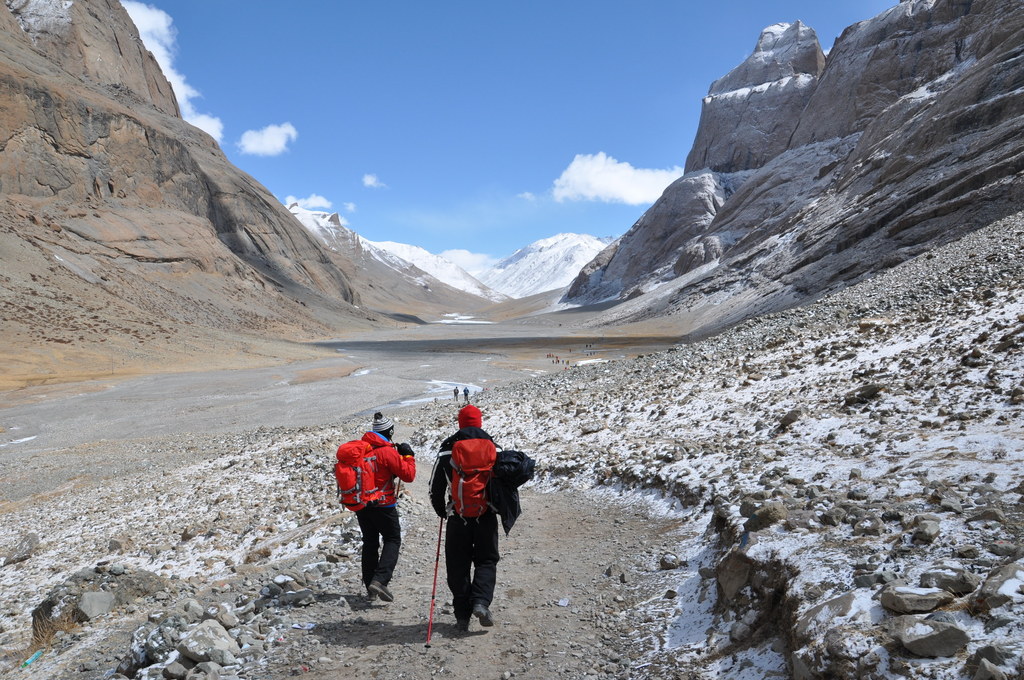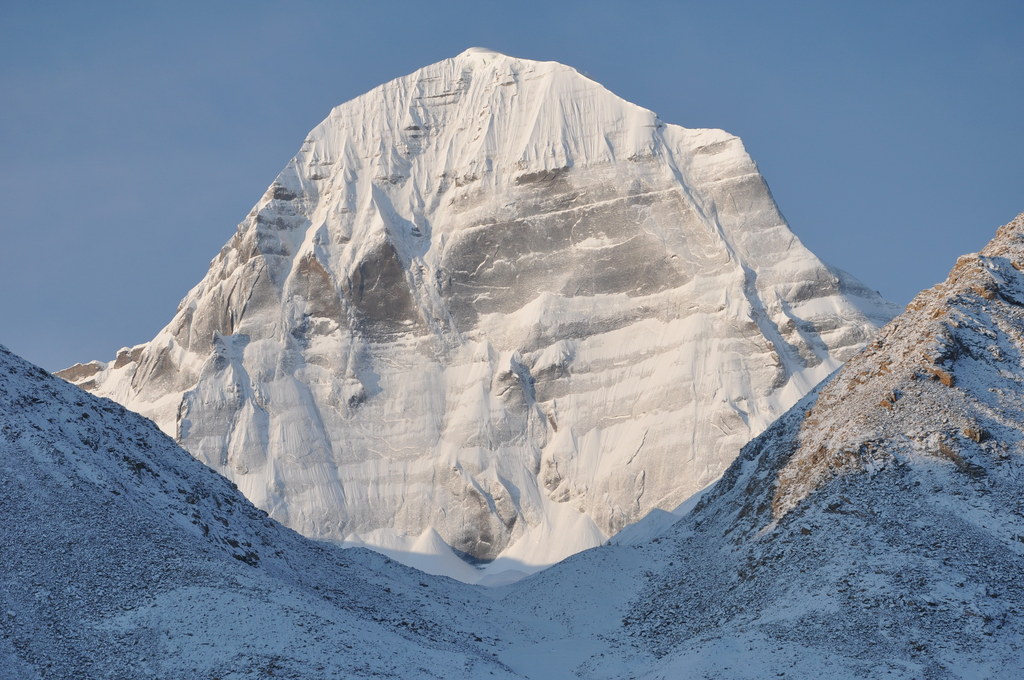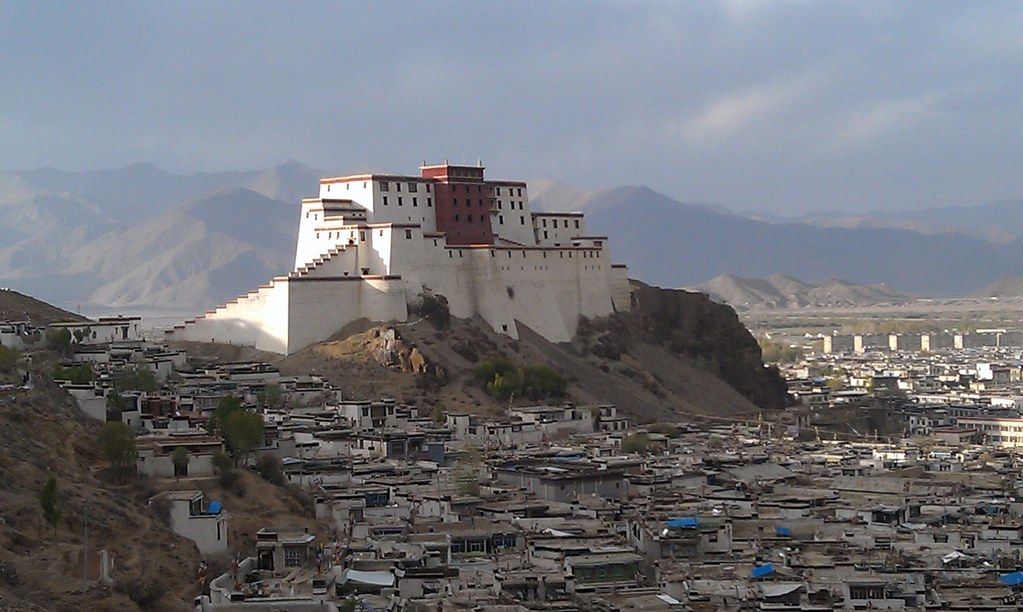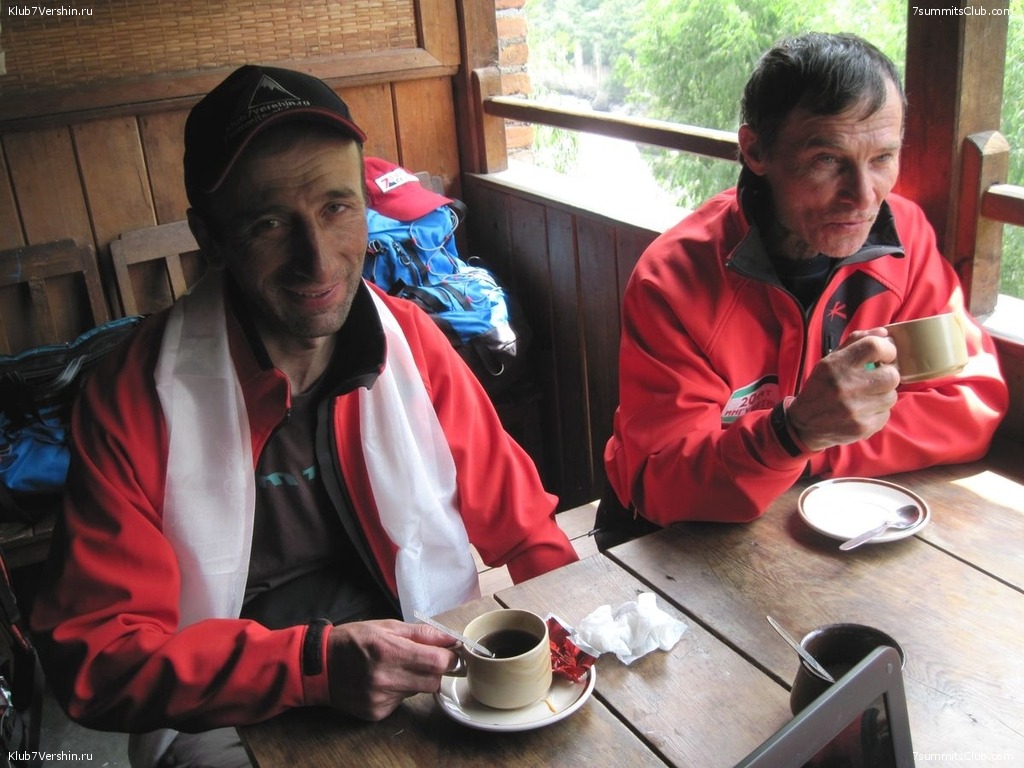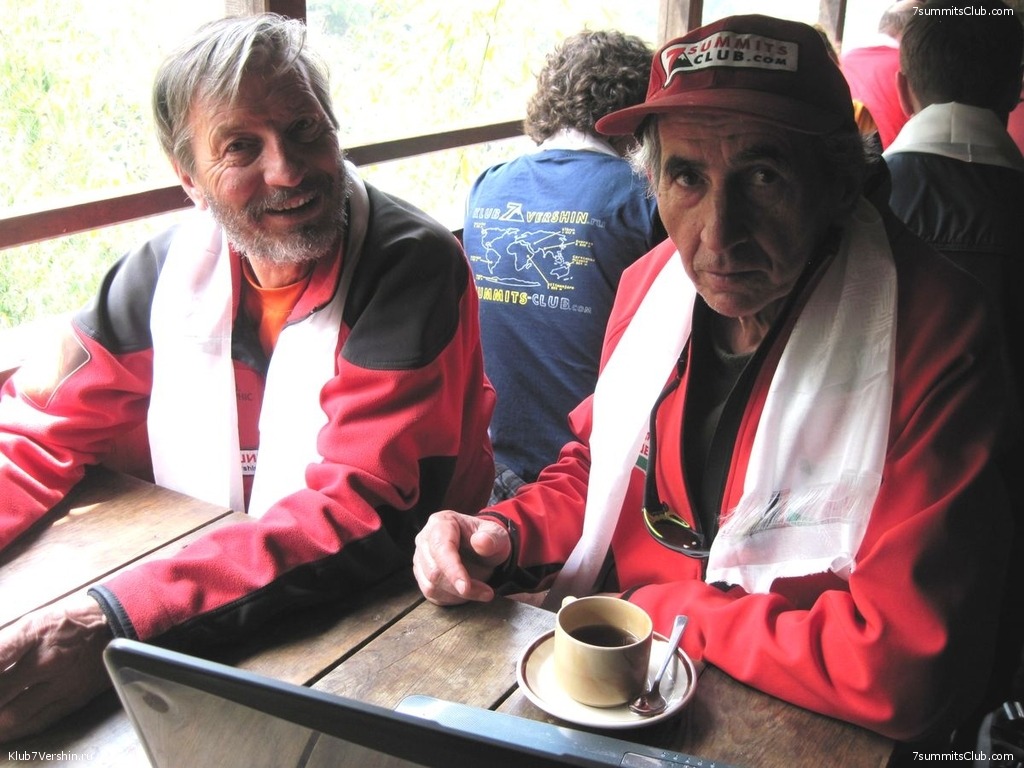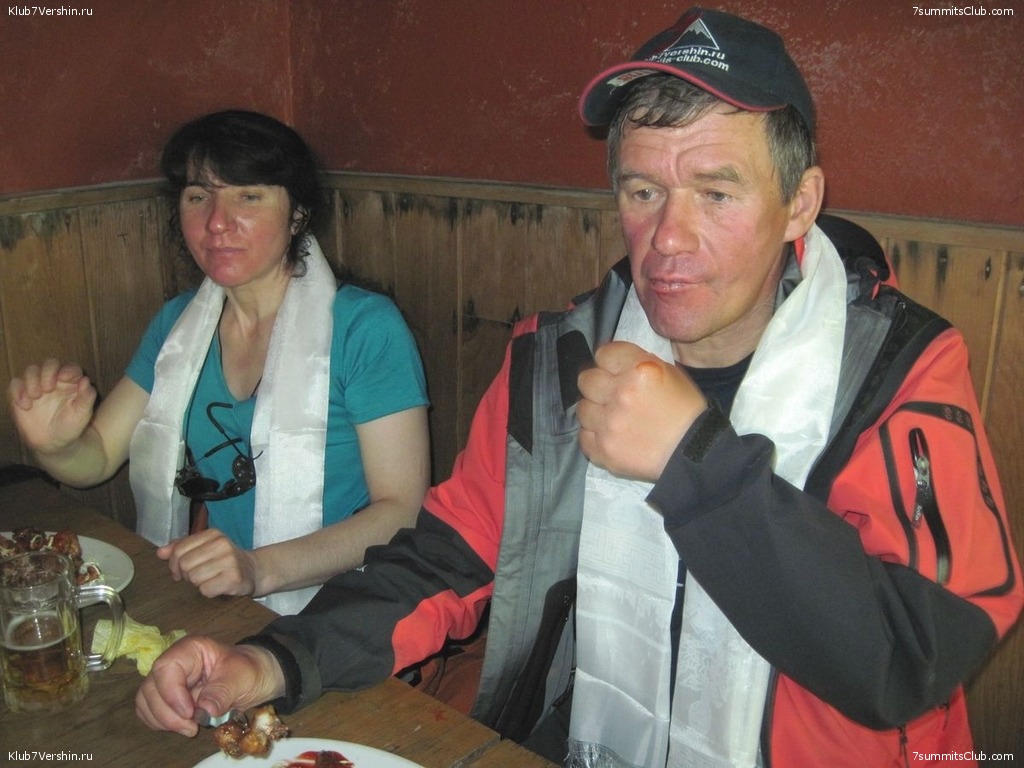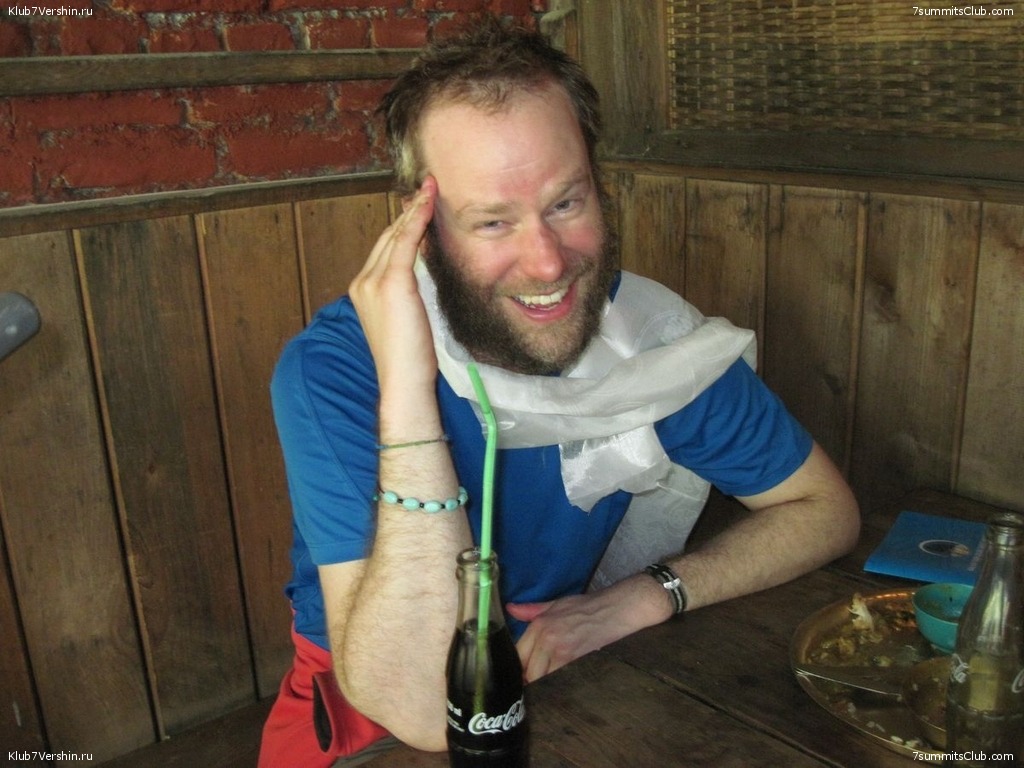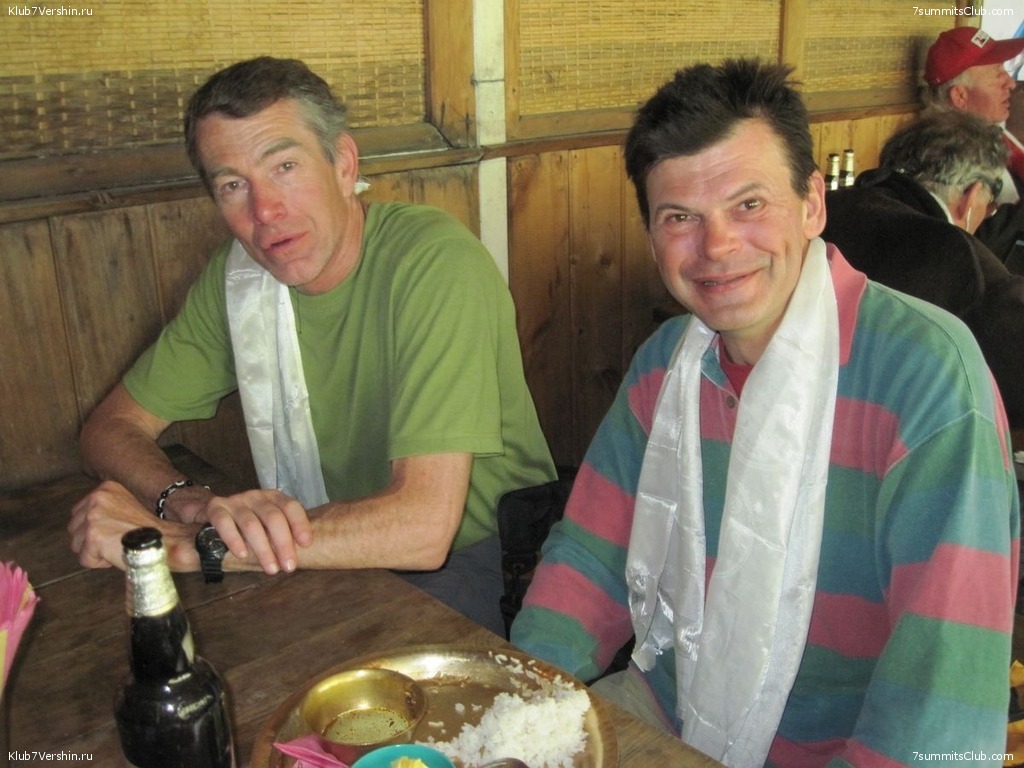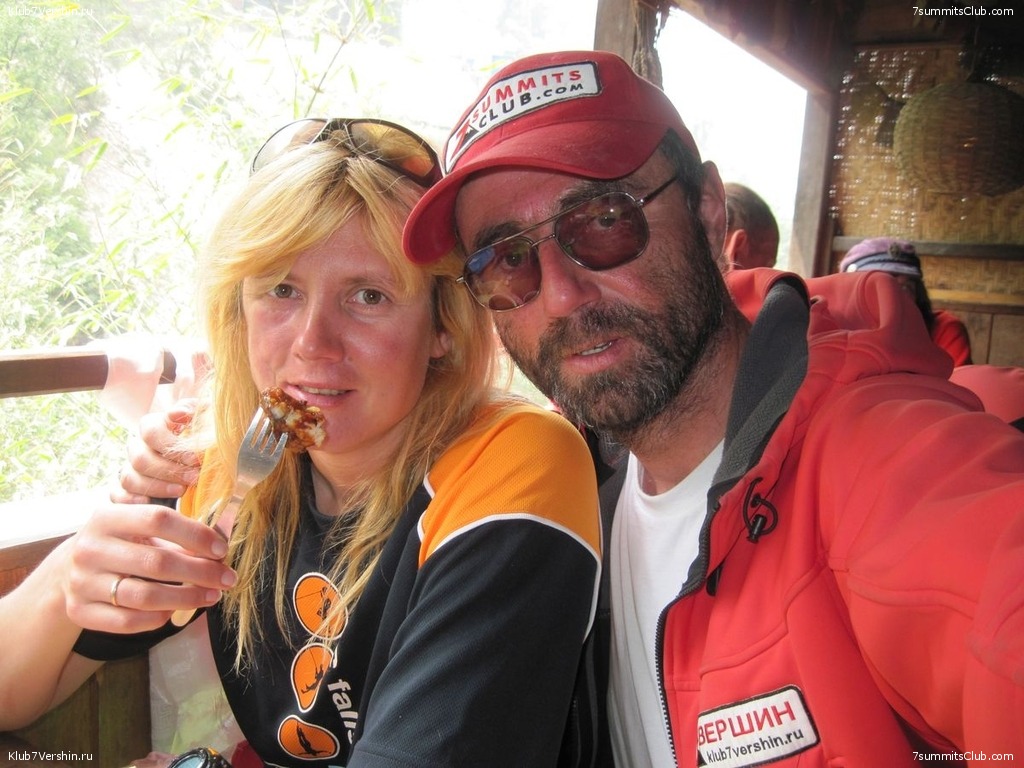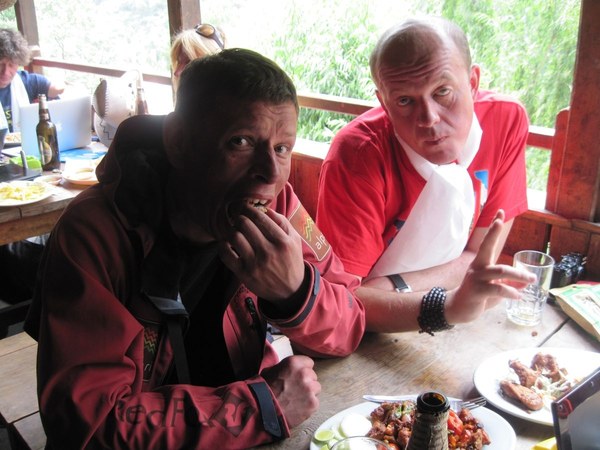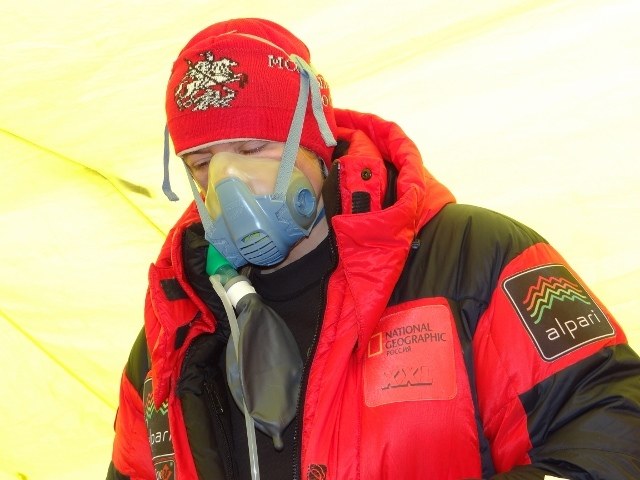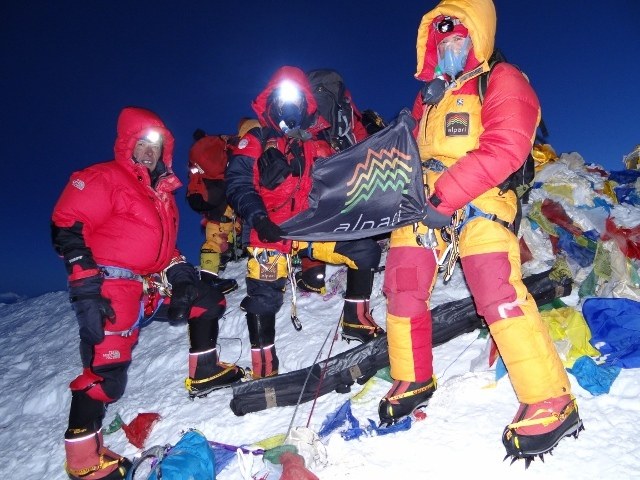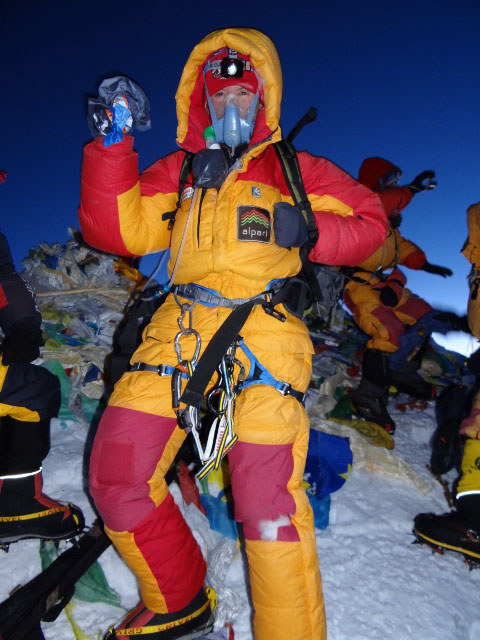All news
Alpari team on the eve of the assault
Hello, this is Max. Still, we got to the height of the assault camp - 5300 meters, and tomorrow we plan to summit. Because we can expect for good weather to the next season. Visibility on the route is about a hundred meters. Normally, you ...
Hello, this is Max.
Still, we got to the height of the assault camp - 5300 meters, and tomorrow we plan to summit. Because we can expect for good weather to the next season. Visibility on the route is about a hundred meters. Normally, you can go. A bit snowing, sometimes, but rarely the sun looks. Later, however, the sun goes away quickly. From the latest adventure - we forgot a gas cylinder. There is a burner that runs on gasoline, but it barely heats the water. Such are our adventures.
In general, I want beer now….
Climb Cho Oyu with the 7 Summits Club
Cho-Oyu.
From September 10 to October 20, an expedition of 7 Summits Club will be climbing the Mount of Cho Oyu. Minimum number of participants has been collected, the expedition will be guaranteed. But you can still join us. Welcome! Program of the ...
From September 10 to October 20, an expedition of 7 Summits Club will be climbing the Mount of Cho Oyu. Minimum number of participants has been collected, the expedition will be guaranteed. But you can still join us. Welcome!
Cho Oyu (8201 m) is the sixth highest mountain in the world, located a short distance to the west from Everest in the Khumbu region of Eastern Nepal along the Tibetan border.
There's no really technical sections and the objective dangers are close to non-existent. Its relatively easy access makes it an attractive climb for someone with limited time, as it can be attempted in roughly 6 weeks round trip. Base Camp is accessible by jeep and it is possible to reachKathmanduin a very long day from Base Camp.
Because of it's ease of access, ABC is often crowded with a large number of expeditions. Just west of Cho Oyu is the Nangpa La, the old trade route between the Khumbu Sherpas and Tibet.
It was the third such peak climbed, and the first climbed by light expedition and in Autumn. The mountain was first climbed on October 19, 1954 via the north-west ridge by Herbert Tichy, Joseph Jöchler and Sherpa Pasang Dawa Lama of an Austrian expedition. Cho Oyu was the fifth 8000 meters peak to be climbed, after Annapurna in June 1950, Mount Everest, Nanga Parbat and K2.
Camp “Eleven” – The Snow Just Isn’t Letting Up
Alpari-life.ru Hey everyone! It’s Lyudmila Korobeshko with “Alpari: On Top of the World”, reporting from Mount McKinley. It’s the 25th of June. The weather this morning was as bad as yesterday, maybe even worse. When ...
Alpari-life.ru
Hey everyone!
It’s Lyudmila Korobeshko with “Alpari: On Top of the World”, reporting from Mount McKinley. It’s the 25th of June. The weather this morning was as bad as yesterday, maybe even worse.
When we woke up, our tents were almost completely covered with snow. We had to dig ourselves out. When we sat down to have some breakfast, we heard voices outside the tent. Even in this weather, there were some people brave enough to get some climbing in. We thought we might be able to get a little climbing done ourselves. We packed up our things and headed upwards.
Well… We made it into “Camp Eleven” at 11,000 feet (about 3,600 meters). We’re sitting in camp now, trying to decide what we should do tomorrow. Outside, it looks like the snow isn’t going to let up any time soon.
Bad weather on Denali
Alpari-life.ru. Hi ! This is Ludmila Korobeshko from an expedition to Mount McKinley, the project "Alpari on the tops of the world." We are now at an altitude of 3200 meters, just below the camp "11". Today we came here at 1 a.m.. We ...
Alpari-life.ru. Hi ! This is Ludmila Korobeshko from an expedition to Mount McKinley, the project "Alpari on the tops of the world." We are now at an altitude of 3200 meters, just below the camp "11". Today we came here at 1 a.m.. We planned to reach the next camp, but, unfortunately, the weather brought about changes: started very strong snowstorm, visibility is almost zero. Very heavy snowfall, we unearth every 3-4 hours and struggling with torches, that refuse to work.
We have a brave spirit, but, of course, we would like to see the bad weather was over as quickly as possible.
Qobin Completes Seven Summits
Elbrus.
Qobin Completes Seven Summits Seven Continents Expedition SEPANG, June 21 (Bernama) -- National mountaineer, Muhammad Muqharabbin Mokhtharuddin or Qobin managed to complete the last mission of the Seven Summits Seven Continents Seven Values ...
Qobin Completes Seven Summits Seven Continents Expedition
SEPANG, June 21 (Bernama) -- National mountaineer, Muhammad Muqharabbin Mokhtharuddin or Qobin managed to complete the last mission of the Seven Summits Seven Continents Seven Values Expedition by conquering Mount Elbrus, Europe's highest mountain, on June 13.
Following the feat, the 30-year-old has joined the rank of 400 mountaineers worldwide who have completed the Seven Summits Seven Continents expedition so far.
Speaking to reporters on his arrival at the Kuala Lumpur International Airport here Thursday, he said the success was a special gift to Prime Minister Datuk Seri Najib Tun Razak and Malaysians who provided great support for his endeavour.
Qobin started his quest at the world's tallest mountain, Mount Everest (Asian Continent) in 2004 and summitted five other peaks between 2010 and 2012.
He began with Kilimanjaro (African continent) in 2010 and went on to Kosciousko (Australasia), Aconcagua, Argentina (South American continent), Vinson Massif (Antartica) and completed Mc Kinley, Alaska on the North American continent last year.
How two broken helicopters were removed from the slopes of Elbrus
In October 2012 two helicopters fallen on the slopes of Elbrus had been successfully removed. Vladimir Horev, Test Pilot Enterprise "Rostvertol" led this unique operation. At the same time it was established seven world ...
In October 2012 two helicopters fallen on the slopes of Elbrus had been successfully removed. Vladimir Horev, Test Pilot Enterprise "Rostvertol" led this unique operation. At the same time it was established seven world records at once!
Military ... Mi-8 helicopter crashed in the northern slope of Mount Elbrus July 27, 2010 during a training landing .. Fortunately, there were no casualties, but the machine was left lying on its side, at an altitude of 4820 meters above sea level. . The decision to evacuate the helicopter was taken at government level, which was confirmed in the form of the order of Commander of the Air Force. The operation began in 2010. But then it became clear that the helicopter must first be disassembled into several parts.
In the summer of 2011 two more accidents involving helicopters have taken place on the northern slope of Mount Elbrus. First, a little private "Robinson" made an unsuccessful landing. Then, the KA-27, who unsuccessfully tried to remove the "Robinson".
In October 2011 a large powerful helicopter MI-26 took off fallen MI-8 rom the cliffs Lenz. And later KA-27 was removed from 3500 meters in the western part of Elbrus. The operation was very difficult and risky, but well over.
Fully material can be found in Russian
http://olenalex.livejournal.com/95833.html
Vladimir Horev
ALASKA – IT’S ONLY 24 HOURS AWAY!
Hey everyone!Today we’re writing to you from Anchorage. That’s right. We’re already in Alaska! We landed just a couple of hours ago. Ivan and I have already had the chance to experience Alaska’s breathtaking ...
Hey everyone!
Today we’re writing to you from Anchorage. That’s right. We’re already in Alaska! We landed just a couple of hours ago. Ivan and I have already had the chance to experience Alaska’s breathtaking beauty a number of times, but this will be Maxim’s first time.
Even though we landed at 1 AM local time (it’s the middle of the day back home in Moscow, 11 time zones away), we were still able to see Alaska’s majestic fjords, snow-capped mountains and pristine lakes as our plane descended. We’re at about the 62nd parallel here, so the sun is out around the clock these days.
We’ve already settled into our hotel. We really need to get some sleep after nearly 24 hours in the air. It will take some time for our bodies to adjust. It’s still the middle of the day in Moscow.
Tomorrow (or maybe it’s more accurate to say today, as it’s already 3 AM) we’re going to stock up on groceries and equipment. In the evening, we’ll fly out to Talkeetna, our last stop before the Kahiltna Glacier.
Everything’s been going great so far!
Lyudmila Korobeshko, Team Alpari
alpari-life.ru
Photos from Los-Angeles
All climbers from our group had reached the summit of Kilimanjaro
Kilimanjaro.
All climbers from our group had reached the summit of Kilimanjaro. Our congratulations to Jaroslav Zhivotovsky from Kazakhstan, Maxim Shahaev and Maxim Alagurov from Perm, Jeyhun Guseinov from Moscow State University (Moscow), Mamta Sodha ...
All climbers from our group had reached the summit of Kilimanjaro. Our congratulations to Jaroslav Zhivotovsky from Kazakhstan, Maxim Shahaev and Maxim Alagurov from Perm, Jeyhun Guseinov from Moscow State University (Moscow), Mamta Sodha – well-known woman climber from India and to our guide Nikolay Cherny !
Nikolay Cherny goes in Africa as a guide for Kilimanjaro
Kilimanjaro.
June 15 a new group of 7 Summits Club goes on a tour of the program "Climbing Kilimanjaro". Standard Route: Marangu trail, plus two days Safari (LakeManyaraand Ngorongoro). Nikolay Cherny is a guide in this group. Famous Russian ...
June 15 a new group of 7 Summits Club goes on a tour of the program "Climbing Kilimanjaro". Standard Route: Marangu trail, plus two days Safari (LakeManyaraand Ngorongoro). Nikolay Cherny is a guide in this group. Famous Russian climber in this year celebrates the 74th birthday. He has twice climbedMount Everestat the age of 66 and 70 years. Nikola Cherny continue several times a year to travel to the mountains as a guide. In winter, he was a ñùôñð of the team makes an attempt to climb K2. In May he was one of the judges at competitions Elbrus Race.
The Group has an international staff: Jaroslav Zhivotovsky fromKazakhstan, Maxim Shahaev and Maxim Alagurov from Perm, Jeyhun Guseinov from Moscow State University (Moscow). Also, Mamta Sodha – well-known woman climber fromIndia. She has already climbed Mount Everest and then goes under the project "7 summits".
Search called off for 4 climbers believed killed on McKinley
Japanese climbers believed to have died on McKinley glacier. By KYLE HOPKINS. Anchorage Daily News. Published: June 17th, 2012 06:52 PM Update: The search for four climbers presumed dead in an avalanche on MountMcKinley has ...
Japanese climbers believed to have died on McKinley glacier.
By KYLE HOPKINS. Anchorage Daily News. Published: June 17th, 2012 06:52 PM
Update: The search for four climbers presumed dead in an avalanche on MountMcKinley has been suspended, the National Park Service said Sunday.
"A two-day ground search of the debris path from afatal avalanche onMt.McKinleyhas been suspended after clues were found confirming the likely location of four deceased climbers," the Park Service said in a written statement.
"An aerial hasty search took place on June 14 followed by an initial four-member NPS ground search the following day. On Saturday, June 16, an expanded 10-person ground crew consisting of NPS rangers, volunteer patrol members, a dog handler, and a trained search and rescue dog probed and further investigated the debris zone.
"During the search, NPS mountaineering ranger Tucker Chenoweth descended into the same crevasse that the survivor Hitoshi Ogi had fallen into during the avalanche. While probing through the debris roughly 30 meters below the glacier surface, Chenoweth found a broken rope end that matched the MWAF team's rope. He began to dig further, but encountered heavily compacted ice and snow debris. Due to the danger of ice fall within the crevasse, it was decided to permanently suspend the recovery efforts."
Earlier story: Four Japanese mountain climbers are believed dead following an avalanche early Thursday morning onNorth America's tallest peak.
The 800-foot slide came at about 2 a.m. as the five-person team was roped together, descending a popular route down Mount McKinley, according to the National Park Service. Four of the climbers, all in their 50s and 60s, disappeared in the snow.
The lone survivor is a 69-year-old man who fell about 60 feet down a crevasse -- a deep crack in the ice -- but scrambled to safety with no significant injuries.
"The rope had broken so he was separated from the rest of his team members," said Maureen McLaughlin, a Park Service spokeswoman in Talkeetna.
The slide appears to be the most deadly single accident on the mountain since four Canadian climbers were killed in a 1992 fall high on the mountain, according to Park Service records.
The avalanche began at about 11,800 feet, according to the Park Service. It was about 200 feet wide, piling roughly three to four feet of snow and debris on the glacier, McLaughlin said.
The survivor, Hitoshi Ogi, was the last climber on the rope line and the highest on the mountain when his friends vanished. He walked and climbed to the surface of the crevasse following the fall, McLaughlin said. When he found no sign of his companions he spent much of the day making his way another 4,600 feet down the mountain reporting the accident at the Kahiltna base camp shortly after 4 p.m.
"I don't know if he had a radio. He lost quite a bit of his gear in the crevasse," McLaughlin said.
"His hand was wrapped up and I'm not sure if that was frostbite or injury," she said.
A subsequent aerial search by Park Service rangers that evening found no sign of the missing climbers or their gear.
A team of about 10 searchers, including an avalanche rescue dog named Sisu, was on the mountain Saturday looking for the remains of the other four climbers, McLaughlin said. They are presumed dead because of the time that has passed since the slide.
The missing climbers, two men and two women, were identified as:
• Yoshiaki Kato, 64
• Masako Suda, 50
• Michiko Suzuki, 56
• Tamao Suzuki, 63
All are from Miyagi Prefecture,Japan, and members of a Japanese alpine club called Miyagi Workers Alpine Federation. McLaughlin said she did not know if Michiko Suzuki and Tamao Suzuki were husband and wife.
The Consular Office of Japan inAnchorageworked to provide information to the climbers' families following the accident, an official with the office said Saturday.
All five mountaineers appeared to be making their first attempt to climb the 20,320-foot peak, according to the Park Service. Some of the group listed prior experience on peaks such as Kilimanjaro andMount Fuji, McLaughlin said.
The climbers were descending an area known as Motorcycle Hill on the main route ofMountMcKinley's West Buttress
"It's about a 35-degree slope, just a gradual climb. Generally snow and ice fields," McLaughlin said.
While not a particularly treacherous portion of the climb, the area is "prone to some avalanche activity," she said. McLaughlin was not aware of any previous avalanche deaths in the area.
Another slide was reported earlier in the week higher on Denali, at about 15,500 feet, she said. That avalanche resulted in injuries but no deaths.
On McKinley, falls kill climbers far more often than snow slides, according to Park Service records. Descents high on the mountain are particularly deadly, said Daryl Miller, a retired mountaineering ranger who worked in the area for 17 years.
So far this season, 234 people have reported reaching the 20,320-foot summit. The weather recently turned against mountaineers, however, and Park Service officials assume the Japanese expedition did not summit.
Winds of 25 to 45 mph and cumulative snowfall of about two feet over the past week or two has thwarted climbers' attempts to reach the mountaintop, McLaughlin said.
"The same rough weather conditions led to the avalanche conditions," she said. Overall, the weather was not unusually bad for Denali and began to clear up on Thursday, McLaughlin said.
Including the Japanese climbers, six people have died on Denali this season.
A Finnish mountaineer skiing down a 40- to 45-degree slope called The Orient Express died May 23 after tumbling 2,000 feet. The 36-year-old landed in a crevasse at 15,850 feet, according to the Park Service.
On May 18, a climber fell more than 1,000 feet to his death after trying to grab a sliding backpack at about 16,200 feet.
The Japanese expedition began its climb on or about May 26, according to the Park Service. The average expedition takes about 17 or 18 days, she said.
The climbing season on Mount McKinley peaks in late May and early June, she said. As of Saturday, there were 395 climbers on the mountain. Most are on the West Buttress route.
Photos from Damavand
Damavand.
Here Olga Rumyantseva from Iran. Today, all members of our team climbed Mount Damavend. The ascent took place in very difficult weather conditions. We tread the road to his knees in the snow all the way. So we walked as much as 8 hours, ...
Here Olga Rumyantseva from Iran. Today, all members of our team climbed Mount Damavend. The ascent took place in very difficult weather conditions. We tread the road to his knees in the snow all the way. So we walked as much as 8 hours, instead of the usual 5. But that did not stop us.
We climbed Damavand
Damavand.
Here Olga Rumyantseva from Iran. Today, all members of our team climbed Mount Demavend. The ascent took place in very difficult weather conditions. We tread the road to his knees in the snow all the way. So we walked as much as 8 hours, ...
Here Olga Rumyantseva from Iran. Today, all members of our team climbed Mount Demavend. The ascent took place in very difficult weather conditions. We tread the road to his knees in the snow all the way. So we walked as much as 8 hours, instead of the usual 5. But that did not stop us. We have dedicated our ascent to Ernesto Che Guevara, whose birthday is today.
Photos from Morocco trip
Victor Bobok sent photos from Morocco. 10 th of July a group of the 7 Summits Club climbed the tallest peak of North Africa - Jebel Toubcal. Then our team continued their trip all around this formidable country... ...
Victor Bobok sent photos from Morocco. 10 th of July a group of the 7 Summits Club climbed the tallest peak of North Africa - Jebel Toubcal. Then our team continued their trip all around this formidable country...
Team Alpari Holds Its Second Press Conference
Everest.
Alpari-life.ru: After our trio made it through Stage III of “Alpari: On Top of the World” with a successful climb of Mount Everest, we decided it was time to hold another press conference to let them share their stories. The ...
Alpari-life.ru:
After our trio made it through Stage III of “Alpari: On Top of the World” with a successful climb of Mount Everest, we decided it was time to hold another press conference to let them share their stories. The event, which was held June 6, drew in journalists, Team Alpari partners and renowned Russian climbers.
Alpari Head of Marketing Vladislav Kovalchuk was there to speak on the company’s behalf: “Our employees were there with the team as they climbed Kilimanjaro and next they’ll be heading with them to Mount Elbrus. I think this says something about what this company is all about. And that’s the pursuit of achievement and success.” As it just so happened, our team made it to the summit of Everest exactly 30 years after the first Soviet expedition to the Himalayas. The climbers from Team Alpari proved themselves worthy successors, demonstrating the style, tactics and teamwork that have come to characterize Russian mountaineering.
Everest, the longest and most difficult climb our team will face, really took a lot out of the three of them. After two months of toil and overcoming numerous obstacles, the team finally got to share their tales. Their stories were emotional and filled with vivid detail.
Team captain Lyudmila Korobeshko started by explaining the intricacies of acclimatization on Everest, then confessed how worried she was during the final stretch of the climb, when she was running a fever of 38 degrees (having a temperature this high on a mountain this high can be extremely dangerous). She described how difficult it was making the decision to go ahead with the climb, given the enormous responsibility she bore as the leader. “It was really important to make the right decision. I didn’t want to risk having my body fail on me up there, but I didn’t want to let everyone down either.”
This was Ivan Dusharin’s third time on Everest, but as he pointed out, “Mountains always feel a little bit different, even if you take the same route.” Dusharin believes that it was his persistence and his ability to push through discomfort that helped him this time around. He is planning on writing a book where he will reveal a side of mountain climbing that goes unnoticed by the public at large, including the psychological component. Working on a mountain for 22 hours at an altitude more than 8,000 meters above sea level requires a tremendous amount of willpower. “Your body is going to rebel, but you just have to push through it.”
Team cameraman Maxim Shakirov, who dropped the most weight of the three over the two-month expedition (12 kg!), was asked why there was so little footage from the mountain. Maxim was honest. It was too cold and he was too tired. All of his effort went towards self-preservation. Just falling asleep is tough up there. As he explained, it’s really tough to get to sleep in a cold sleeping bag. To warm your sleeping bag up, you have to heat yourself up first – and that’s not always possible. Maxim jokingly noted, “I was very pleased to find out that I do have willpower.”
Seeing as how there have already been more than ten fatalities on Everest this year, a reporter from the Russian site Sport-Express-Extreme asked the team what they thought about the fact that virtually anyone can get a permit to climb Everest. The growing crowds of climbers on Everest have led to dangerous traffic jams along the main climbing routes as well as increasing environmental problems. Ivan Dusharin, with his years of experience climbing and organizing expeditions provided a little bit of insight on the matter. He pointed out that just a couple of decades ago, getting a permit to climb Everest from the Chinese or Nepalese government meant not only filing a formal request to have your expedition approved, but also providing evidence of your climbing ability. These days Nepal is more interested in the income that the recent inflow of climbers and tourists is bringing to the country.
So what do climbers eat on Everest? This was another question that came up. What does Ivan Dusharin carry in his backpack? During the team’s final 22-hour stretch of the climb, in the extreme conditions of Everest, Ivan took only 1.5 liters of tea and a handful of dried fruit (keep in mind that you typically lose around 6 liters of fluids a day when climbing). Is this some sort of special climber’s diet? Nope. As Ivan explained to the reporters, you don’t really think about eating or drinking when you’re up there. As a side note, when the team returned to Base Camp, they were surprised to discover that the Tibetan chefs there had learned to prepare borscht!
A representative from the Russian Mountaineering Federation asked the team what they were planning to do to recover after a hellish stretch of mountain climbing. Maxim answered that he is returning to his village, where he’ll spend his time mowing the lawn and digging up potatoes. Lyudmila is going to spend most of her time before McKinley at the doctor’s office, trying to get better. Ivan Dusharin doesn’t have time to relax either. He has a lot of work to do in Moscow.
Olga Vasilchikova, a representative from the sporting equipment company Red Fox, after congratulating the team on making it through the tough part, asked how their equipment is holding up. This may have been a strange question coming from someone else, but not from Red Fox, the official outfitter of Team Alpari, who has been there for us every step of the way.
At the end of the press conference it was announced that Lyudmila Korobeshko had already made her way into the record books. It turns out that she is the only Russian woman who has climbed Everest twice.
A journalist from Expert magazine wanted to know how many kilometers our team has climbed so far. We did the math, and as it turns out, they have climbed around 15 kilometers vertically and covered around 150-200 kilometers of ground.
And there’s much more ahead…
Video:
A new group of 7 Summits Club in Morocco
Today, the team fromTyumenflew fromMoscowtoCasablanca. Guide of the 7 Summits Club Victor Bobok leads a group of 10 people. The expedition members are planning to climb the highest point of the Atlas Mountains - Toubkal (4167m), after which ...
Today, the team fromTyumenflew fromMoscowtoCasablanca. Guide of the 7 Summits Club Victor Bobok leads a group of 10 people. The expedition members are planning to climb the highest point of the Atlas Mountains - Toubkal (4167m), after which they go on a fascinating journey through theSaharadesert. At the end of the program, the team will rest on the Atlantic coast.
Team: Fedortsov Vladimir, Fedortsova Helena, Fedortsov Ilya, Fedortsov Igor, Tabarintsev Eugene, Krasnov Dmitry , Malkov Leonid, Shulga Roman, Romanov Eugene, Novosadovaya Irina. Guide: Victor Bobok.
Red Bull top altitude: Valery Rozov jumps from Himalaya Peak
Redbull.com. by Jack Frost, Jun 5, 2012 Russian climber and BASE jumper Valery Rozov recently added another highlight to his incredible career in extreme sports by performing a wingsuit jump from the top of Shivling, a 6543m mountain in the ...
Redbull.com. by Jack Frost, Jun 5, 2012
Russian climber and BASE jumper Valery Rozov recently added another highlight to his incredible career in extreme sports by performing a wingsuit jump from the top of Shivling, a 6543m mountain in the Indian part of theHimalayas.
Valery Rozov is a superstar in the world of BASE jumping and wing suit flying, an extreme sport which involves jumping from objects such as bridges, buildings and towers. The 47-year-old Russian’s breathtaking feats, such as flying into an active volcano in Kamtschatka (2009) and jumping fromUlvetannaPeakin the Antarctic (2010), have made him famous the world over.
Thanks to his exceptional climbing skills, Valery recently took things to the next level by completing one of the most challenging BASE jumps ever performed.
After a 30-day expedition, including a six-day ascent, the ‘BASE climber’, as he calls himself, and climbing partners Alexander Ruchkin and Victor Volodin stood on the summit of Shivling in the Indian part of the Himalayas at precisely 13:30 on 25 May. After stopping to catch his breath, Valery found a perfect take-off spot at 6420mt. Just 90 seconds later, having hit speeds of 200km/h as he sped through the air, the Russian landed 2200m further down on the glacier.
The other expedition members took three whole days (!) to complete the descent.
“This was my first project in theHimalayas,” commented the two-time skydiving world champion after his record-breaking flight. “We had a few difficulties along the way, so I am really pleased that we were able to complete the jump successfully.”
By reaching the summit, Rozov, Ruckhin and Volodin also became the first ever Russians to successfully climb Shivling (literally the “phallus of Lord Shiva”, Shiva being the Hindu deity of destruction and transformation), a mountain renowned for its difficult and dangerous passages. Indeed, it was not until 1974 that the peak, which is often referred to as the ‘Matterhorn of the Himalayas’ due to its shape and is looming over the largest source of the Ganges River at Gaumukh, was conquered for the first time.
Moscow – Kathmandu, an Everest-themed Evening in the Nepalese Embassy
Everest.
On May 26, the Nepalese embassy in Moscow held a special event to commemorate the 30-year anniversary of the first Soviet expedition to Everest. The Nepalese ambassador to Russia gave some opening remarks. In his speech, he pointed out that ...
On May 26, the Nepalese embassy in Moscow held a special event to commemorate the 30-year anniversary of the first Soviet expedition to Everest.
The Nepalese ambassador to Russia gave some opening remarks. In his speech, he pointed out that Nepal and Russia have long enjoyed friendly relations.
Many of the climbers who took part in the first Soviet expedition to Everest were there to reminisce on their climb three decades ago. Unfortunately, some of the climbers from the team aren’t with us anymore. Adorning the halls of the embassy were pictures of the team and photographs from the expedition. The pictures took those in attendance back to the dawn of Soviet mountaineering, back to the months of training for the expedition and back to their time on the mountain in 1982, when the team rewrote the history books by opening a new route on the mountain; one that no expedition has taken since.
The leader of the team, Anatoliy Georgivich Ovchinnikov also spoke at the gathering, telling some stories from the expedition and describing some of the problems he had to deal with as the team captain.
Edward Vikentevich Myslovskiy, also spoke at the event, sharing some of the emotions he experienced as the first Russian to reach the peak of Everest. Myslovskiy, who turned 75 this year, was actually part of a two-man team with Vladimir Balyberdin, who died in a car accident. Two of the other climbers from the expedition also celebrated their 75th birthday earlier this year: Vladimir Shataev and Roman Giutashvili.
Andrey Volkov, president of the Russian Mountaineering Federation, also addressed the crowd. Volkov, who is among the few in Russia who have climbed both Everest and K2, mentioned his friend, mentor and climbing partner, Ivan Dusharin, in his speech. Volkov then informed the audience that they were in for a real treat: Ivan Dusharin of “Alpari: On Top of the World” was on the line, calling all the way from Kathmandu! Dusharin, fresh off completing his third expedition to Everest, congratulated the Soviet team on their 30-year anniversary and wished them many more years full of life and new achievements. He spoke some about his own experience on Everest and expressed his regret that he wasn’t able to make it back to Moscow in time for the event.
The dinner to celebrate the thirtieth anniversary of the Everest expedition was organized by the Russian Mountaineering Federation and the Nepalese embassy.
alpari-life.ru
Photo pilgrimage to Kailash
Every year, thousands people make a pilgrimage to Kailash, following a tradition going back thousands of years. Pilgrims of several religions believe that circumambulatingMountKailashon foot is a holy ritual that will bring good ...
Every year, thousands people make a pilgrimage to Kailash, following a tradition going back thousands of years. Pilgrims of several religions believe that circumambulatingMountKailashon foot is a holy ritual that will bring good fortune. The peregrination is made in a clockwise direction by Hindus and Buddhists.
Club 7 Summits provides a special program for Russians traveler to make this KORA. It was a great trip ! A group led by our guide Dmitry Ermakov had visited this country in the beginning of May. See below…
The expedition crossed the border of Tibet and Nepal
Everest.
The whole team crossed the border. Now we're sitting having breakfast in Kodari. Here we met Vladimir Zaitsev, who came to make a film about Fyodor Konyukhov. In the evening we ...
The whole team crossed the border. Now we're sitting having breakfast in Kodari. Here we met Vladimir Zaitsev, who came to make a film about Fyodor Konyukhov. In the evening we will be in Kathmandu. May 28 the first part of the expedition arrives inMoscow. Alexander Abramov and the group of Alpari arrives May 31.
Captain Korobeshko on summiting Everest: How we did it.
Everest.
News from the Alpari team’s Everest expedition Lyudmila Korobeshko reporting from ABC (6,400 meters)Yesterday, on May 19, our team took the summit of Mount Everest. Honestly, two or three days ago I had doubts as to whether it would ...
News from the Alpari team’s Everest expedition
Lyudmila Korobeshko reporting from ABC (6,400 meters)
Yesterday, on May 19, our team took the summit of Mount Everest. Honestly, two or three days ago I had doubts as to whether it would happen. On the North Col (7,100 meters) there were serious doubts as to whether we would all make it up together: I had a temperature and wasn’t feeling well, Ivan was being bothered by a cough and Max had gotten a little discouraged at the sight of us. If we hadn’t started feeling better he would have had to have gone alone and plant the flags and bring them back all by himself.
I even started to question whether it made sense to go up to 7,700, thinking it might be better to just head straight down from the North Col. That I wouldn’t make it above 7,700 seemed almost certain to me. When on the North Col my temperature shot up to 38.4, the guys thought I might have malaria (I was in African recently where on the last days there I began to get a temperature each evening. On the North Col I was literally shaking for about an hour). Surprisingly, however, when we made it to 7,700, I started feeling better. And the higher we went, the better I felt. Ivan’s cough, however, was only getting worse. By the way, he had told us much earlier that he has had some problems with his lungs for a long time. His doctors even forbid him from making high altitude climbs.
We spent the night at 7,700 meters without any problems. That’s of course if you don’t count sleeping at a 30-degree angle where you and all your stuff are always sliding down, and you need to use ropes to go to the bathroom, which is in full view of the whole camp.
The trek up to 8,300 meters turned out to be difficult: it started snowing and was windy. The tents at 8,300 are even more slanted than the ones below due to the terrain being steeper. Sleeping is out of the question: the best you can hope for is 3-4 hours of relative rest (drink tea, dry your boots, and gather your belongings). The plan was to set out at 22:45. By the way, in order to set out on time you need to start getting dressed at least an hour before you’re supposed to leave.
We started our ascent in total darkness. And just about immediately we came to a steep face which leads right to up to the summit ridge. Ivan was out in front and, it seemed to me, breathing quite heavily. Max was behind, shaking out his frozen hands. And heading up the mountain from behind was a procession of other climbers hoping to make it to the top on this first (and perhaps only) day with good weather. So we had to hurry and not let anyone pass us otherwise we could get stuck in ‘traffic’ at the difficult final pass — we could get too cold and our oxygen could run out. It’s a tough game!
It was freezing cold and gusts of wind just about knocked us off our feet. There were a lot of places where the ground crumbled under your feet, making slipping down the rock face a real possibility. At one point I fell. My ropes weren’t taut and I fell down a couple of meters and tore my down pants. The rest of the way I was walking in a cloud of the down feathers of my pants.
We made it to the top around 5 a.m. It was dark, early and cold. We stopped about 50 meters short of the peak in the hopes that we could wait and catch the sunrise from the peak. But after about 25 minutes we were frozen stiff. We ended up just going to the very peak. And there it was – shrouded in Nepalese prayer flags. We tried to shoot some pictures but the camera didn’t work. Our fingers were freezing and it was still dark.
The wind kept getting stronger and we had only limited supplies of oxygen. We started our descent. For safety’s sake, we needed to try to descend as much as possible, ideally to 6,400 meters. And here some problems began: we kept running into climbers making their way up. You can’t go around them, particularly in the steep places where you have to rappel*-especially at the Second and Third Steps. We waited for 25 minutes above the Third Step, letting other climbers pass. Then we managed to descend, somehow managing without ropes to get around other climbers. Below 8,300 meters, the weather is much worse. At 7,700 meters, high winds tear at the tents. At the North Col we ended up in a snowstorm. By evening we made it down to 6,400 meters. And that’s it.
We did it. It probably won’t hit us until later what we’ve done.
Hi to everybody.
The Alpari Team.
*Rappelling – descent using ropes and a special device called a figure-eight. The figure-eight attaches to the climber’s harness and allows climbers to make rope descents. By controlling the pressure on the rope, the climber can control the speed of his descent.
